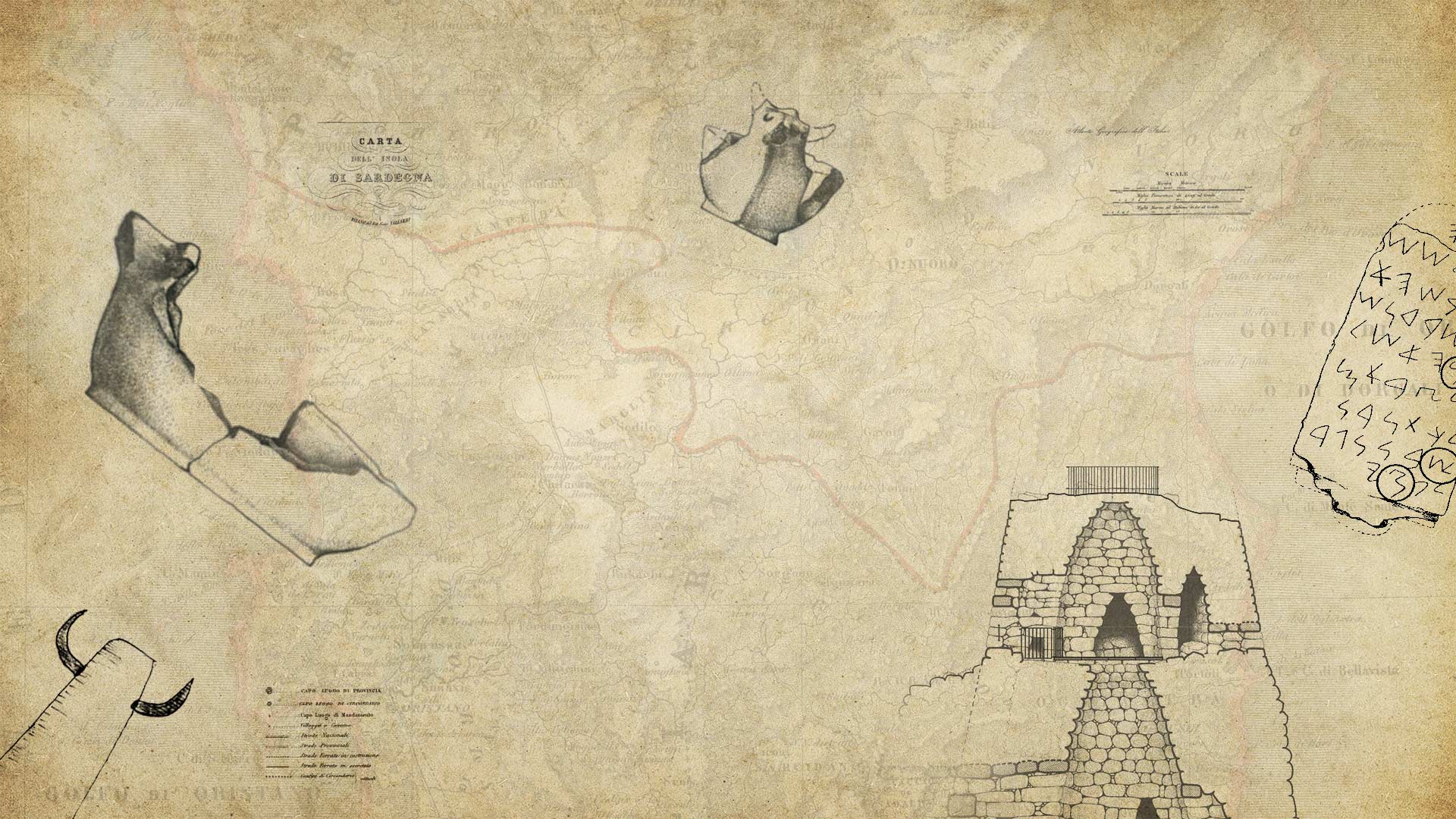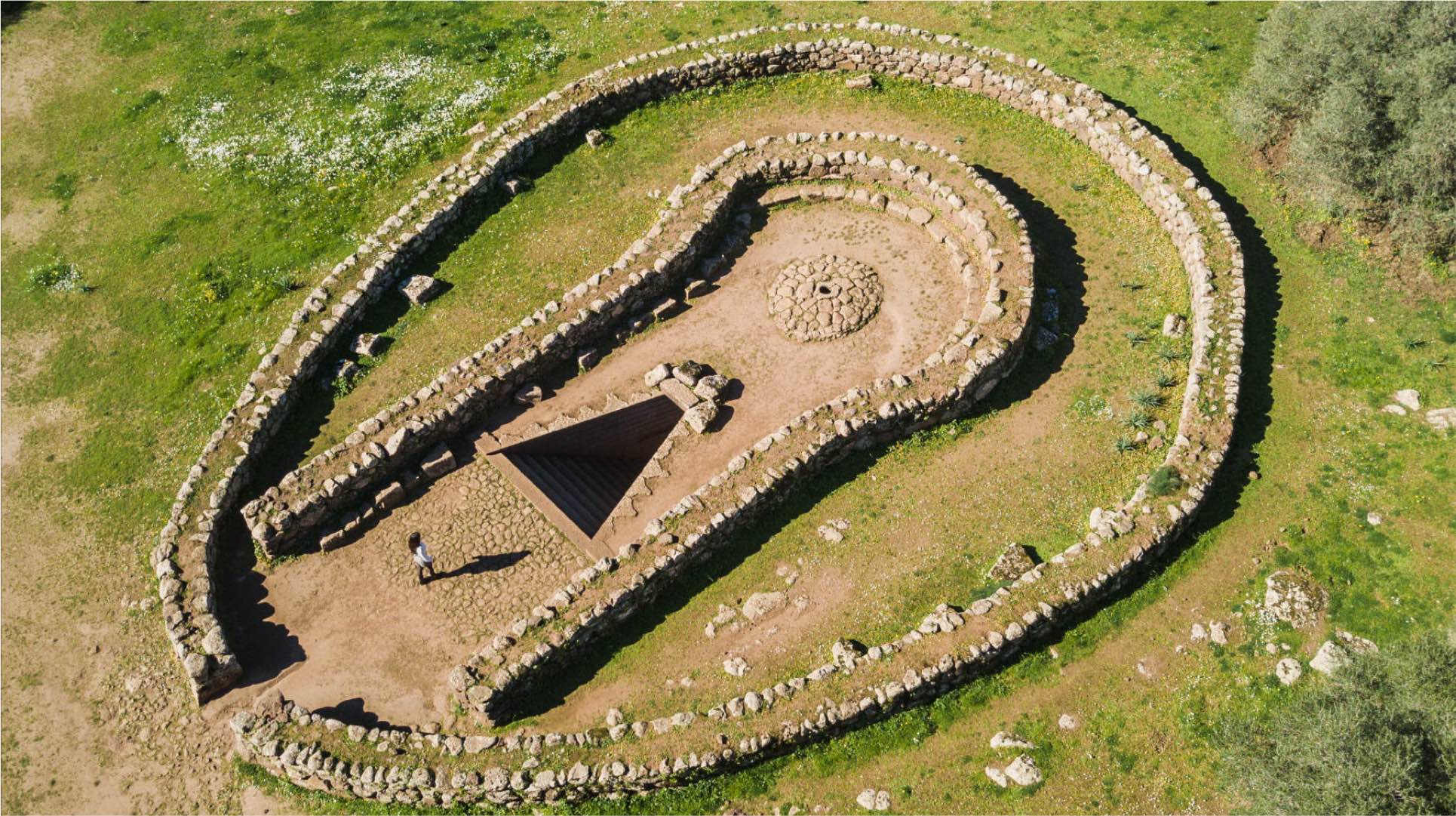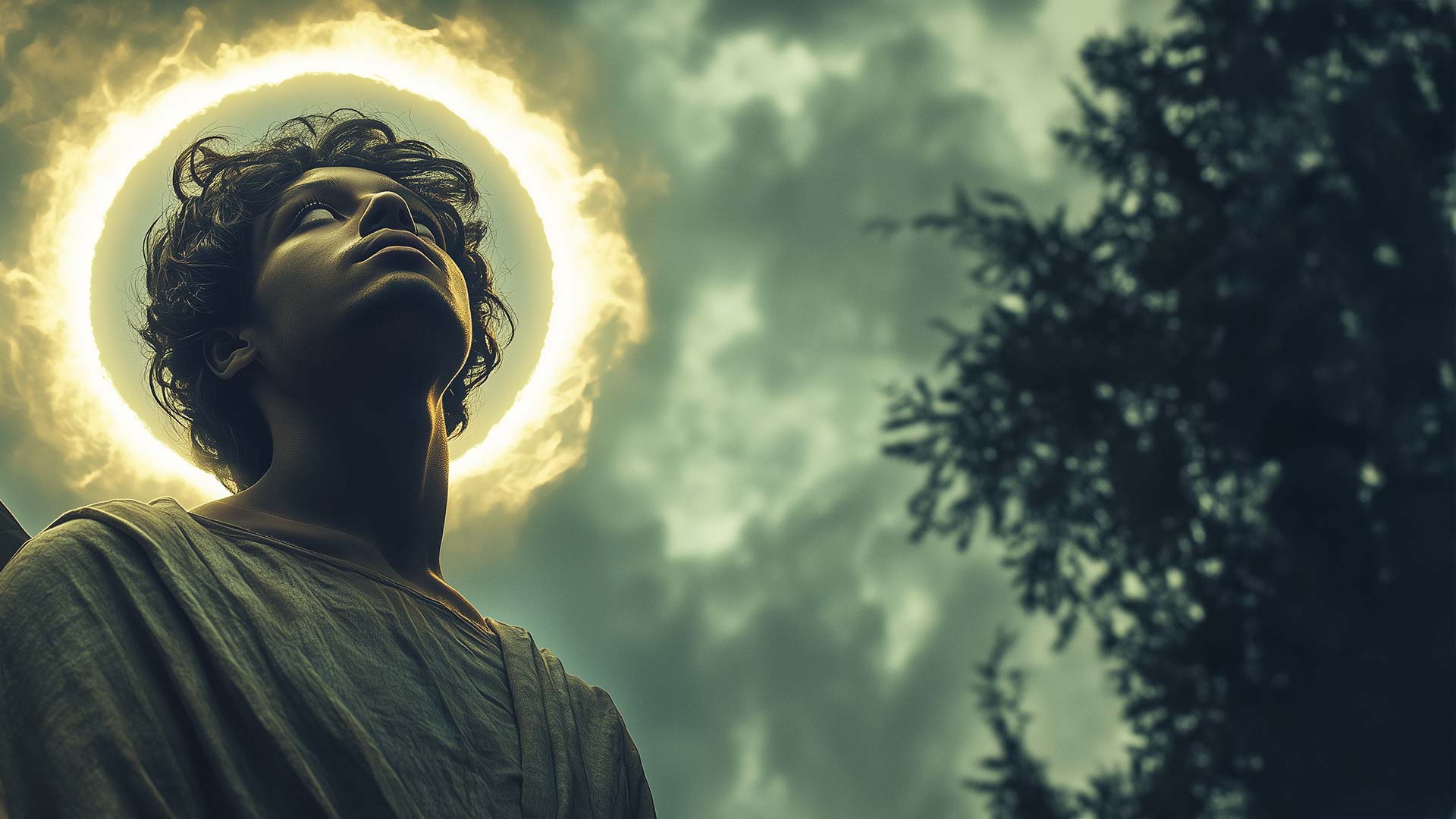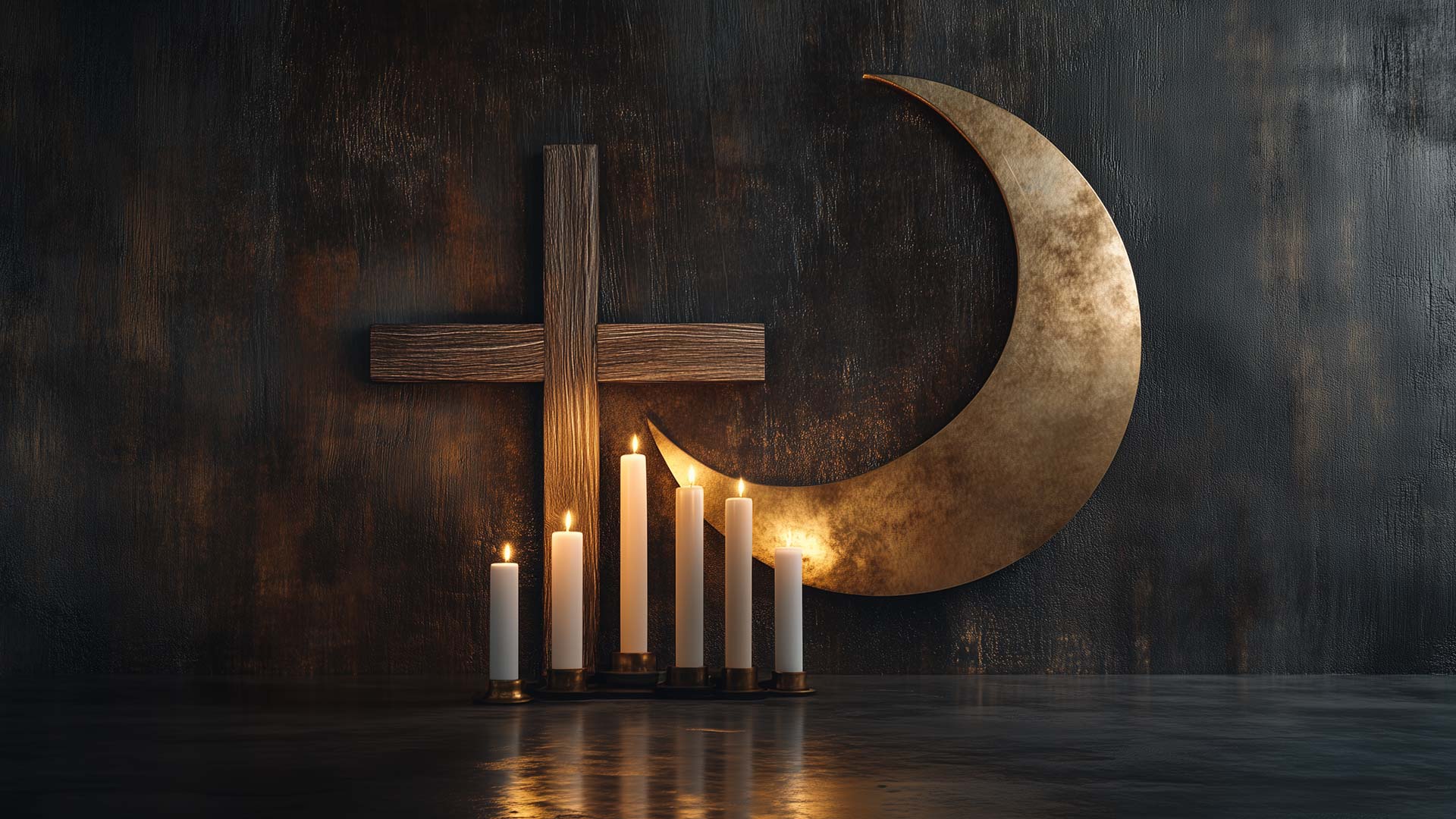The documentary “Journey into the World of the Nuraghe” accompanies the audience on a discovery of the Nuragic civilization, one of the most enigmatic and fascinating in the Mediterranean. Through the voices of Mauro Biglino and Gian Matteo Corrias, the journey winds through archaeological sites, mysterious inscriptions and surprising connections with the Near East.
This journey is divided into four episodes, each dedicated to a key aspect of Nuragic culture: from its social and architectural structure to its religious cult, to writing and the enigmatic tombs of the giants. Each episode explores the latest discoveries and hypotheses, shedding new light on a civilization that, far from being isolated, was deeply interconnected with the great cultures of the ancient Mediterranean.
Episode 1: The Nuragic Civilization
English subtitles
In the first episode, the authors guide us through a fascinating exploration of the Nuragic civilization. Comparing this experience to the Grand Tours that 19th-century European intellectuals undertook in Italy, Biglino and Corrias take us on a journey of discovery through history and archaeology, and the surprising connections between Sardinia and the Middle East.
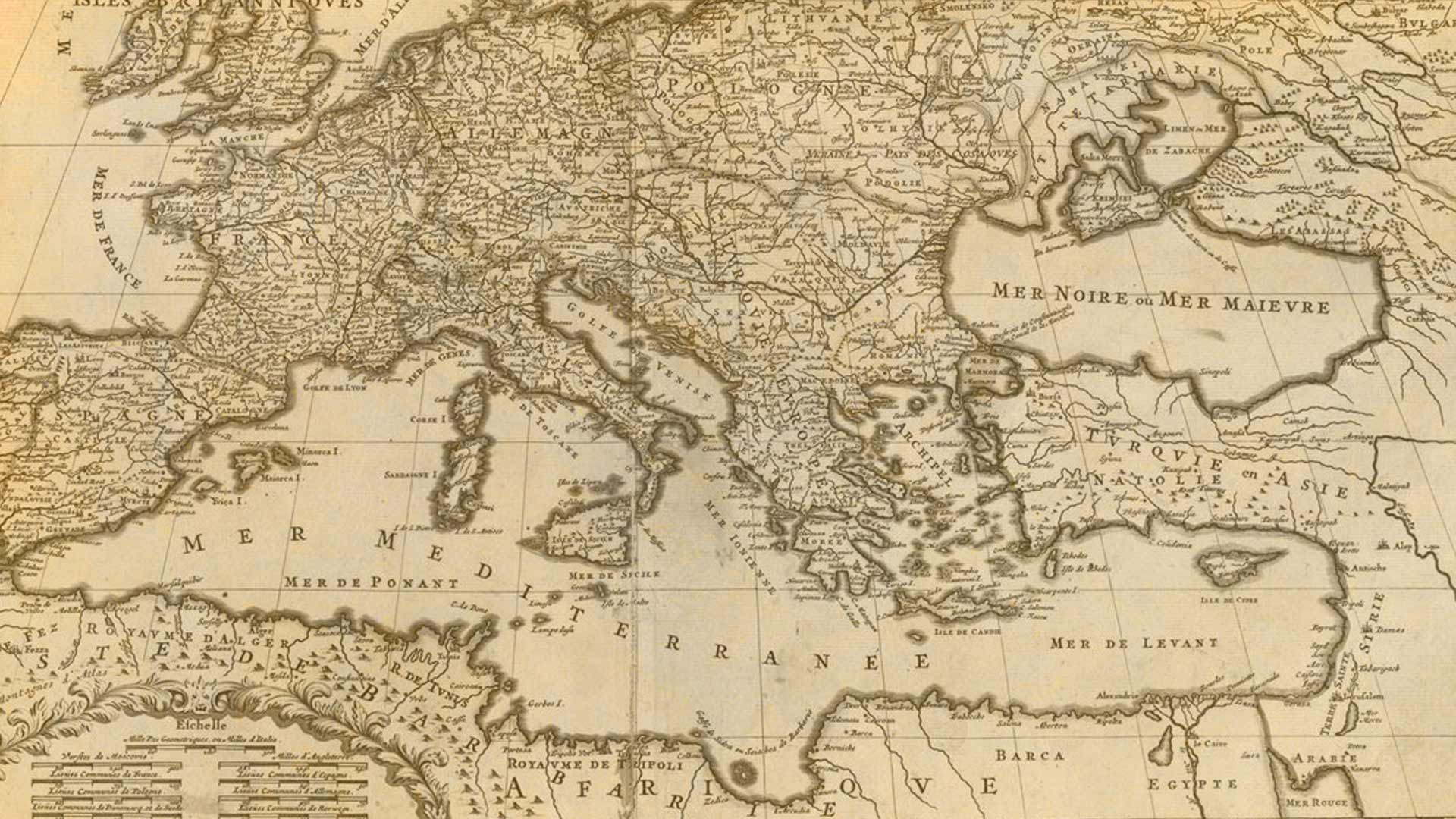
The legacy of the Nuragic civilization
Sardinia is scattered with evidence of its ancient civilization: nuraghi, tombs of the giants, sacred wells and megaron temples. These imposing structures tell the story of a complex culture that has its roots in the Neolithic period and developed with the working of bronze, until the arrival of the Carthaginians and the Romans.
According to historical sources, the Nuragic society was aristocratic and hierarchical, composed of cantons governed by sovereigns who perhaps referred to a heroic origin, as seems to be confirmed by the conspicuous Greek sources that speak of archaic Sardinia.
Some archaeological sites such as Su Nuraxi di Barumini, Santu Antine di Torralba and Arrubiu di Orroli bear witness to the architectural mastery of this civilization, which had a marked capacity for organization and control of the territory.
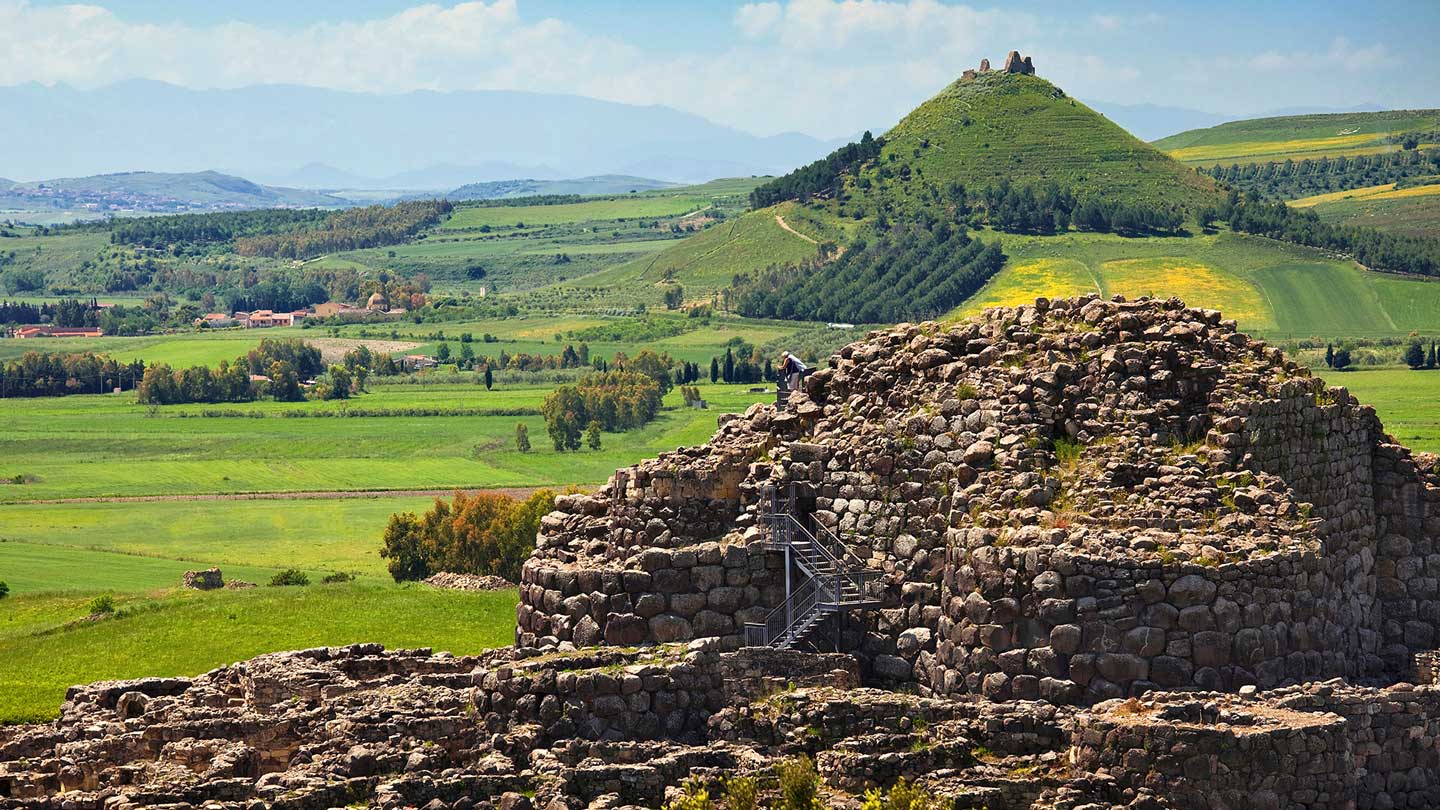
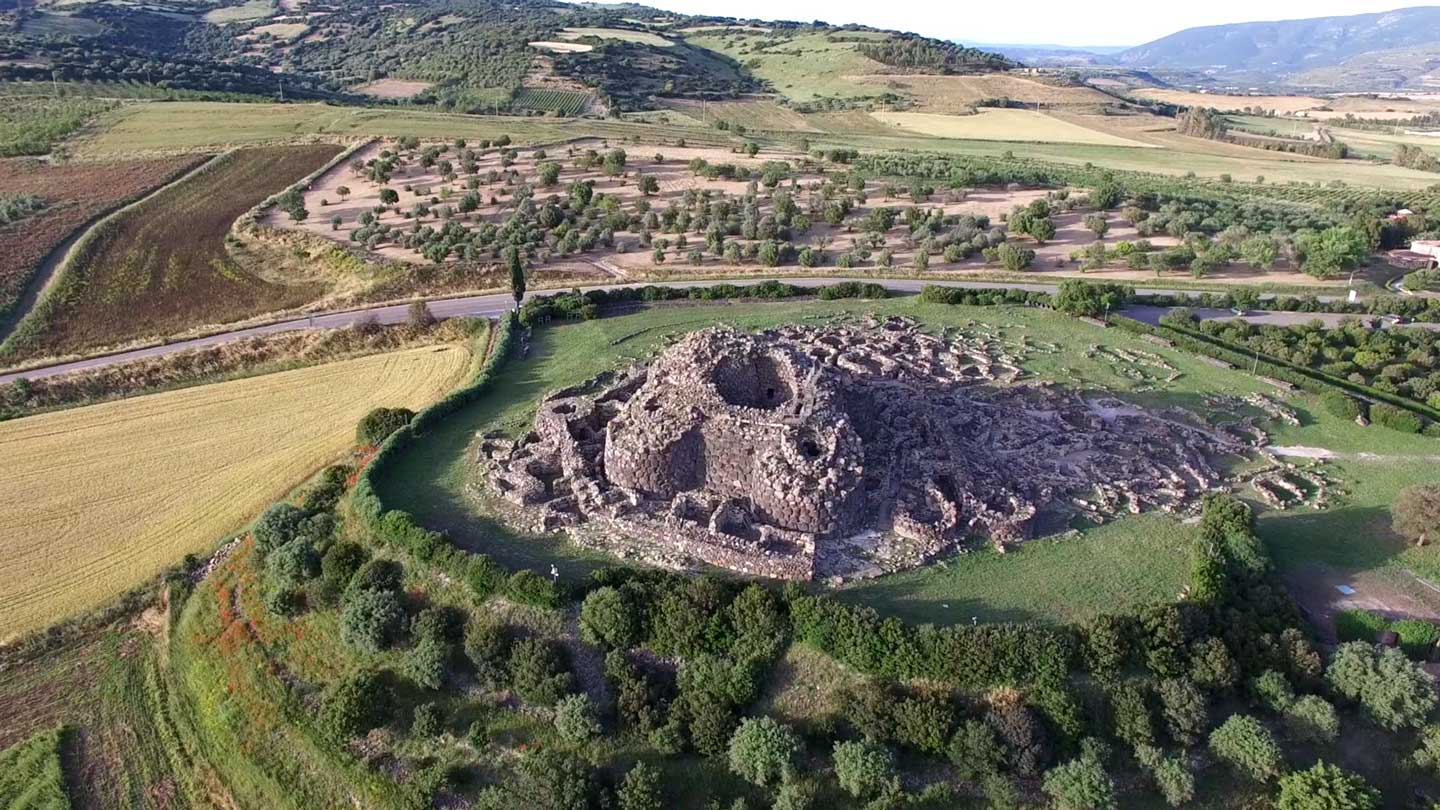
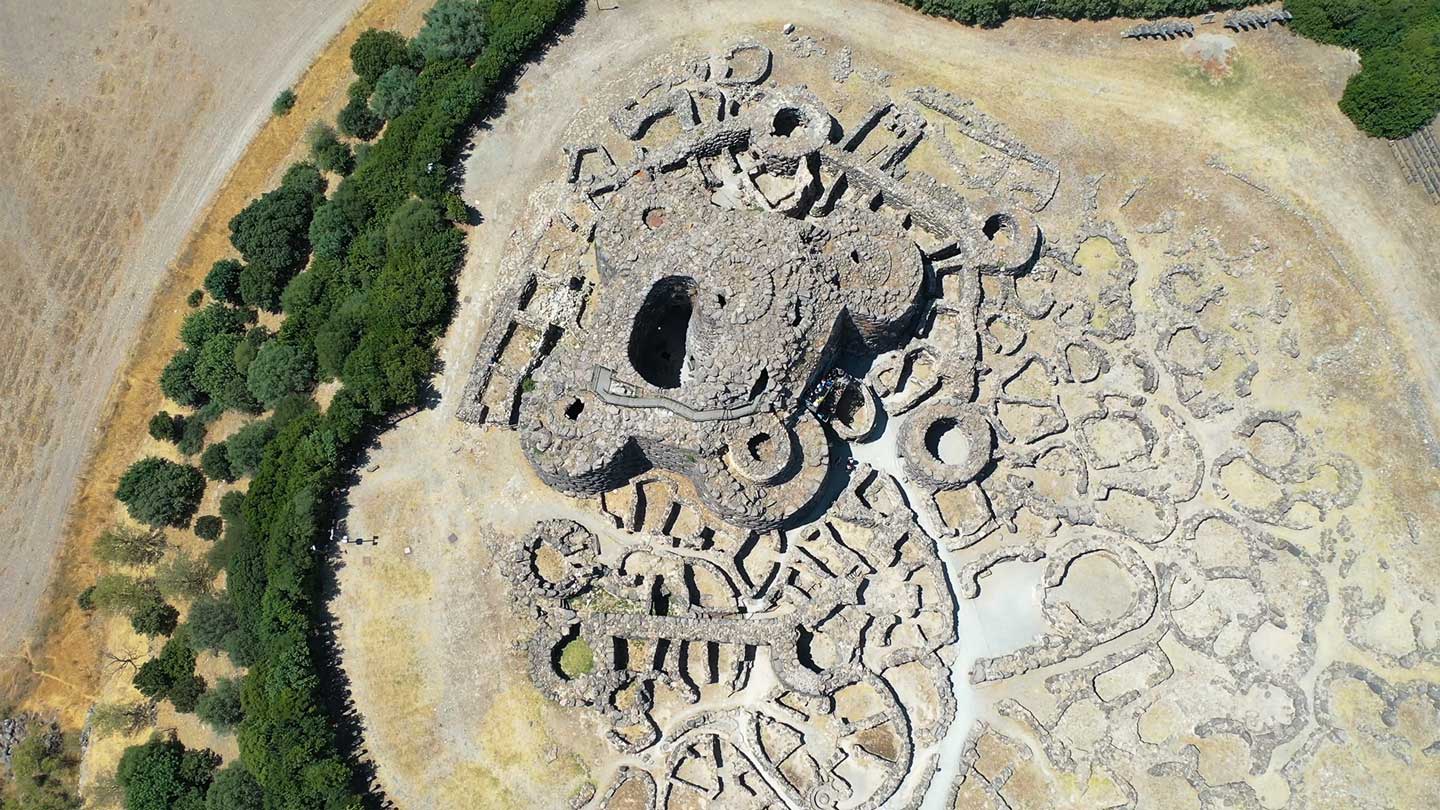
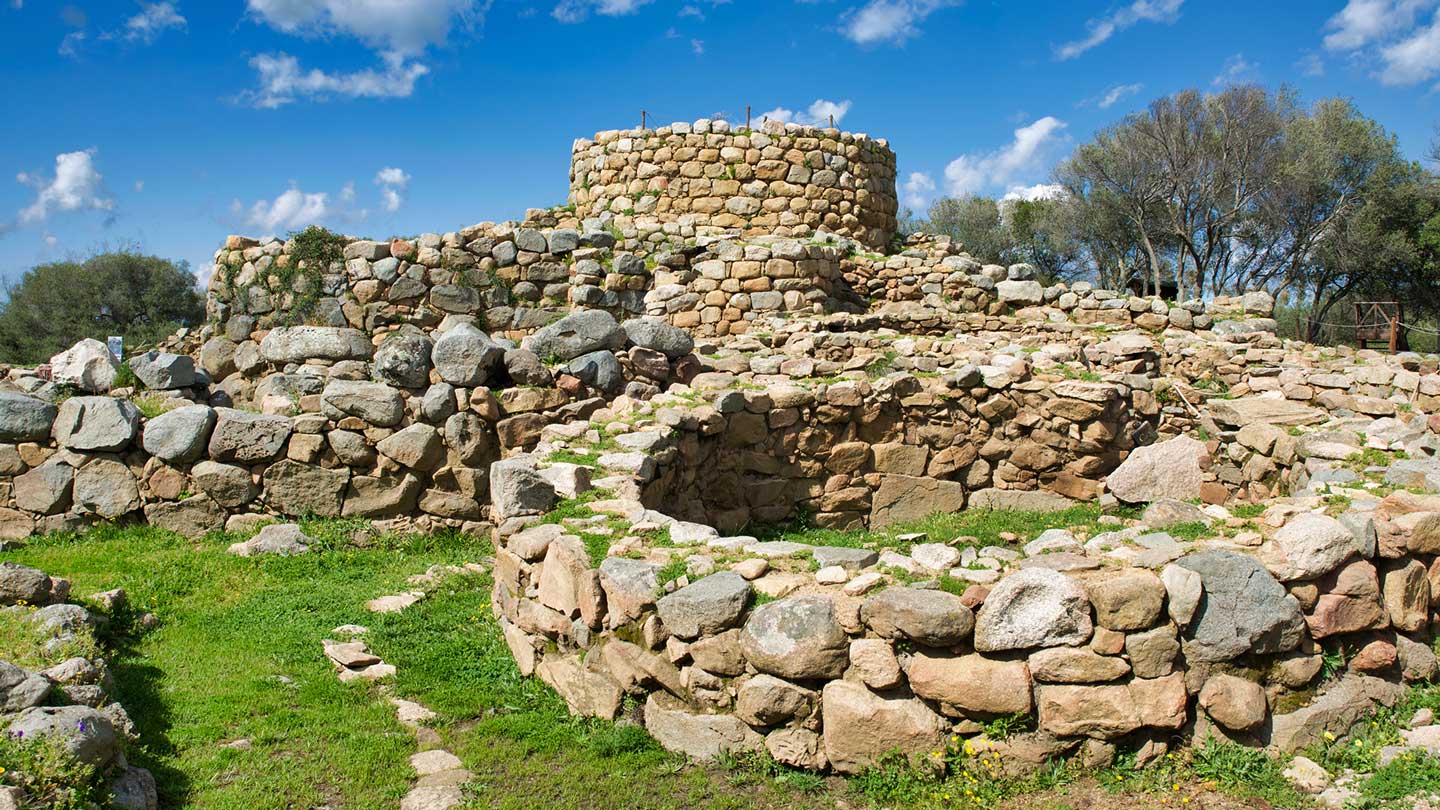
Nuragic writing: a bridge with the Middle East
One of the most surprising aspects of the documentary is the analysis of Nuragic writing, which has only recently begun to receive the attention it deserves. Biglino, citing the texts of the Sardinian scholar Luigi Sanna, highlights how this writing uses Semitic linguistic structures and phonemes, showing clear connections with Proto-Canaanite and Proto-Sinaitic scripts. Among the most fascinating elements highlighted by Corrias and Biglino is the presence of the name “Yah”, which recalls the god Yahweh of ancient Israel.
How can the name of a deity considered exclusively linked to the people of Israel be found in Sardinia? This discovery opens up unexpected scenarios, suggesting that the contacts between the Mediterranean and the Middle East were deeper than is commonly believed. Not only through commercial or military exchanges (as in the case of the Shardana, linked to Egypt), but also from a cultural and religious point of view.
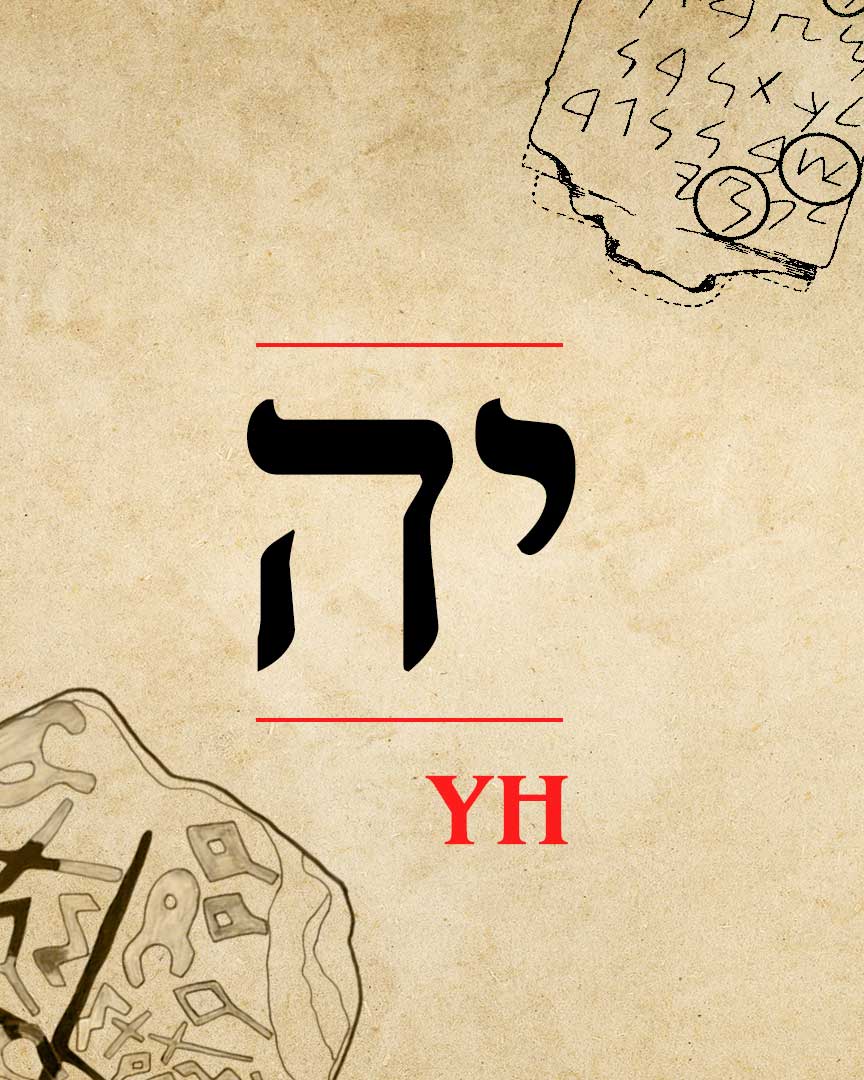
The central role of the nuraghe in ancient society
The nuraghe, the symbol par excellence of the civilization of the time, were not simply defensive constructions, but probably had a multifunctional role. Some were fortresses, others places of worship, and others still centers of social and political aggregation. Over time, their function changed: if initially they were aristocratic and prestigious structures, from the 10th century BC they were reinterpreted and some were converted into Nuragic sanctuaries.
An emblematic example is the nuraghe Su Mulinu di Villanovafranca, which preserves a peculiar votive altar, probably used for sacred rites related to fire and water.
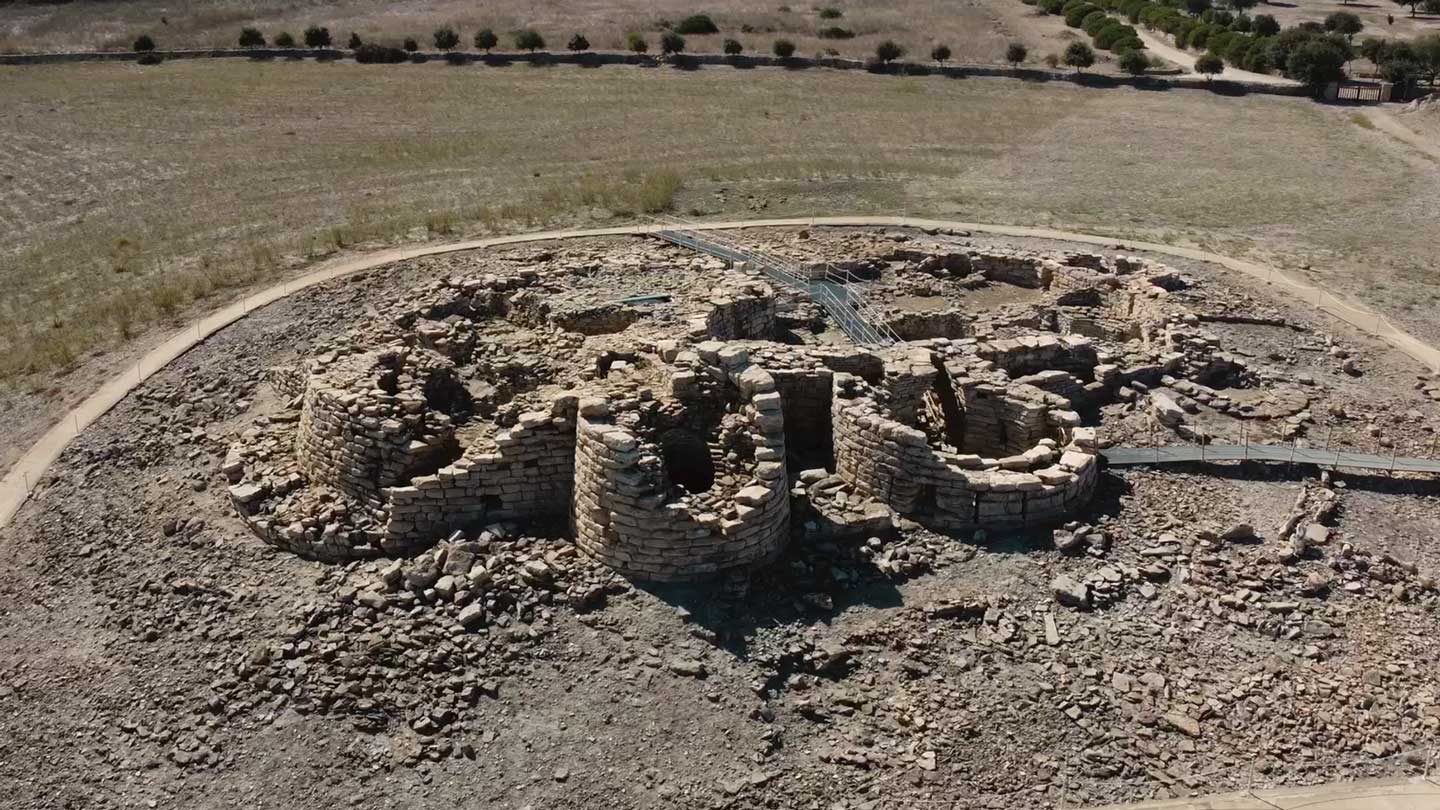
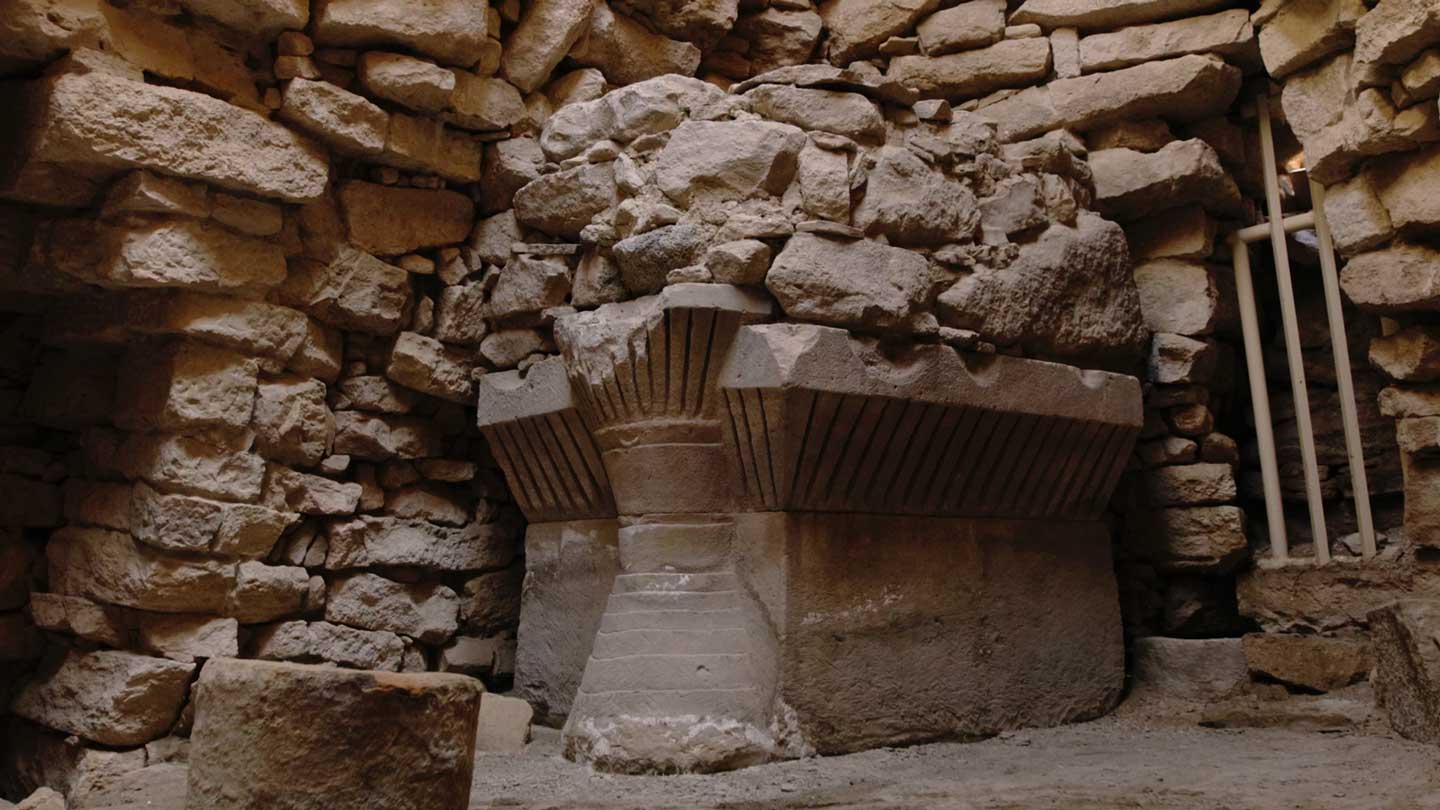
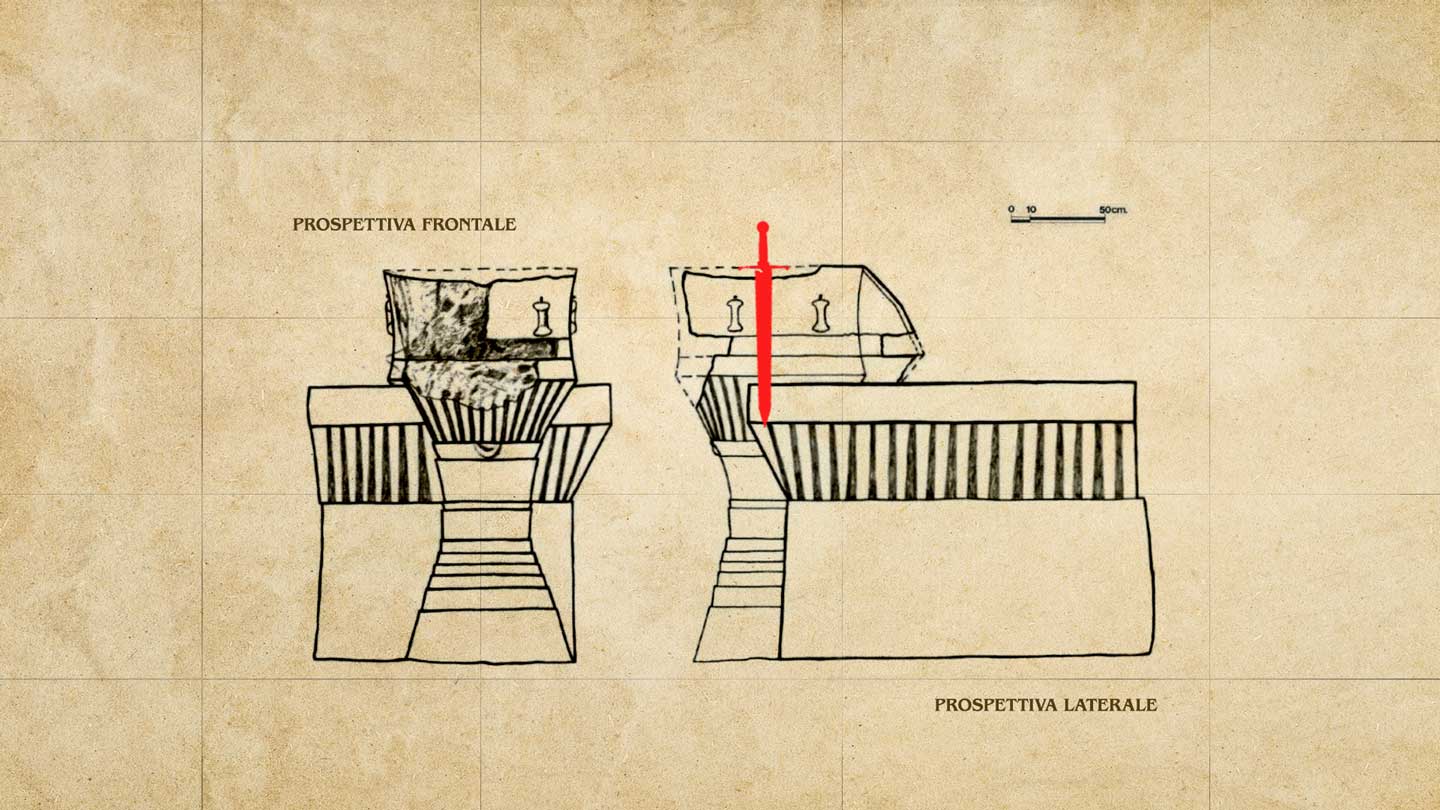
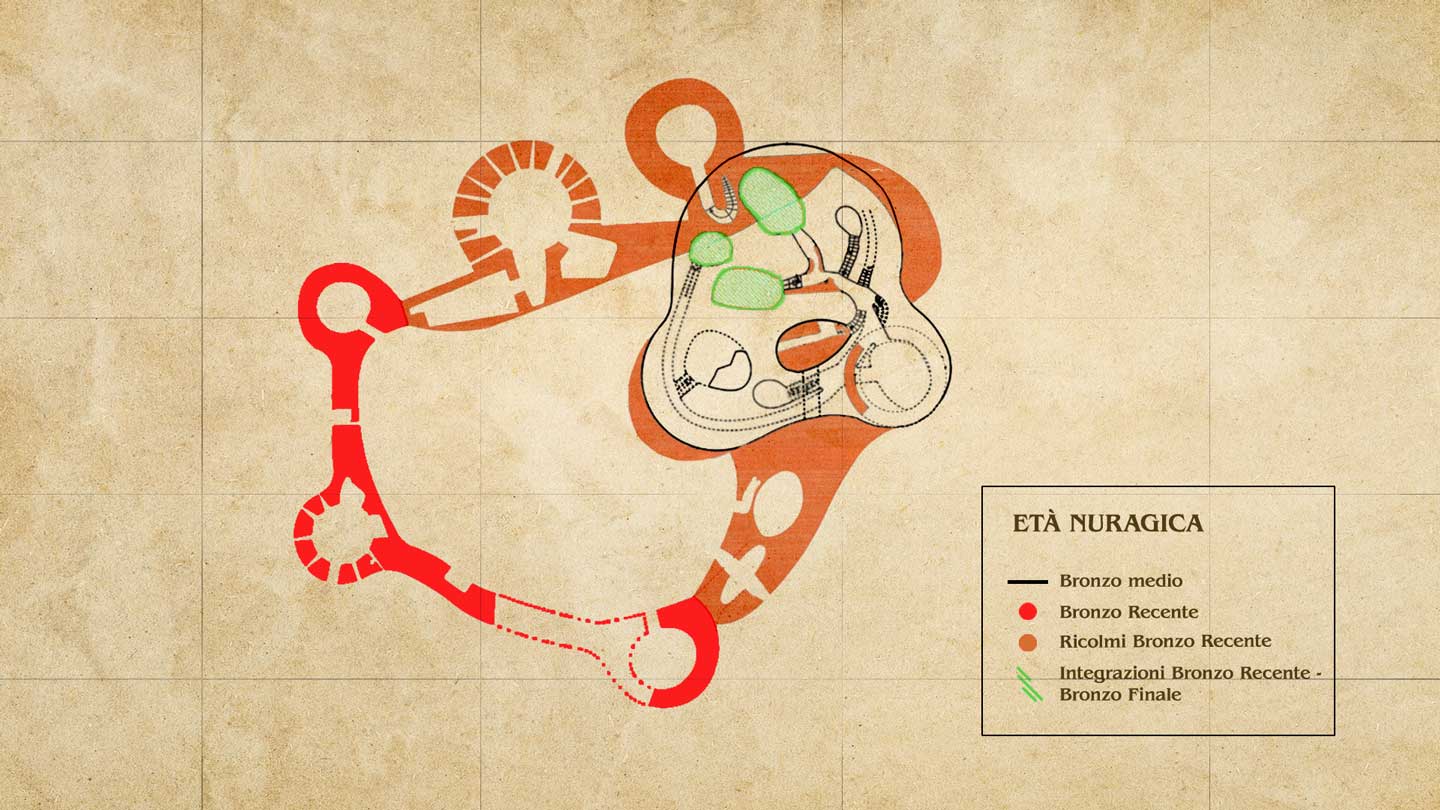
Symbolism and religious connections
Another very interesting element that emerged in the documentary concerns the symbolism of the bull and the moon, present in the sacred decorations of the Nuragic civilization. This symbolism finds correspondences in the cult of Yahweh and the Semitic lunar deities, once again suggesting a link between the Nuragic world and the Near East.
Biglino emphasizes how the Bible forbids the Israelites to depict divinities, while in Sardinia there are numerous symbolic representations. This could suggest a less dogmatic relationship with the divinity, or a different interpretation of the figure of Yahweh himself.
The first episode lays the foundations for an investigation that crosses archaeology, philology and religion. The idea that Sardinia may have been a crossroads of cultural contacts with the Middle East opens up new research perspectives and makes the discovery of this civilization even more fascinating.
Episode 2: The Nuragic Cult
English subtitles
The Iron Age in Sardinia was a period of great transformations, affecting both the sociopolitical structure and the nature of the Nuragic Sardinian religion. One of the most fascinating expressions of this religious evolution is represented by the “megaron” temples, sacred buildings peculiar to the Nuragic civilization that offer a unique interpretation of the spirituality and rituals of this ancient population.
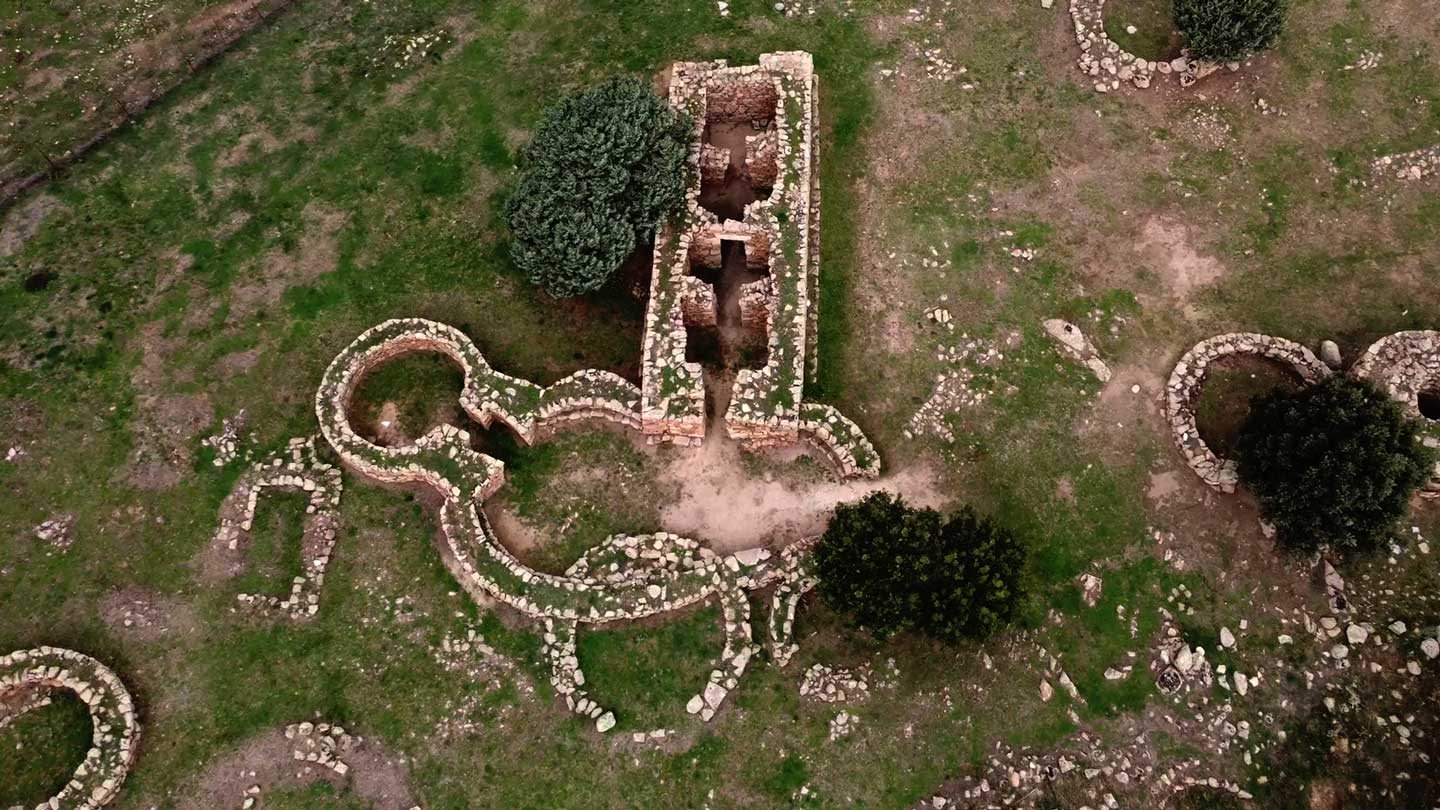
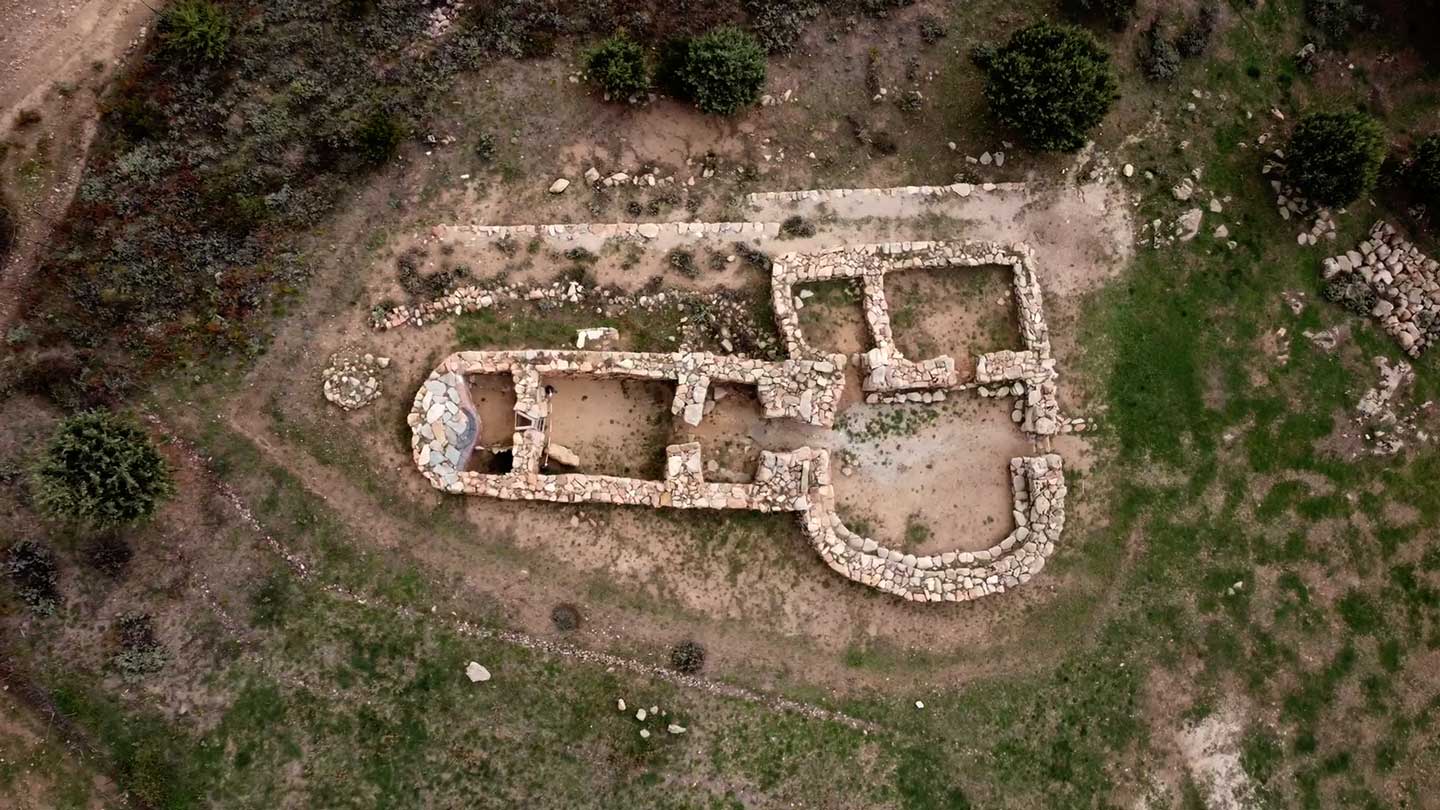
The “Megaron” Temples: architecture and function
The “megaron” temples, as they were defined by the archaeologist Doro Levi in the 1930s, are characterized by their elongated rectangular plan and the internal subdivision into several rooms. The innermost one, the naos, was the sacred heart of the temple, where the ritual altar-hearth, the central element of the cult, was located.
These buildings were surrounded by a temenos, a sacred enclosure that delimited the area of worship and was used to collect votive offerings, celebrate ceremonies and welcome pilgrims, who were not allowed inside the temple. An extraordinary example of this structure can be found in the small temple A of Serra Orríos, whose vast temenos (about 1364 square meters) emphasizes the role of these spaces not only as religious centers, but also as places for social gatherings, markets and community banquets.
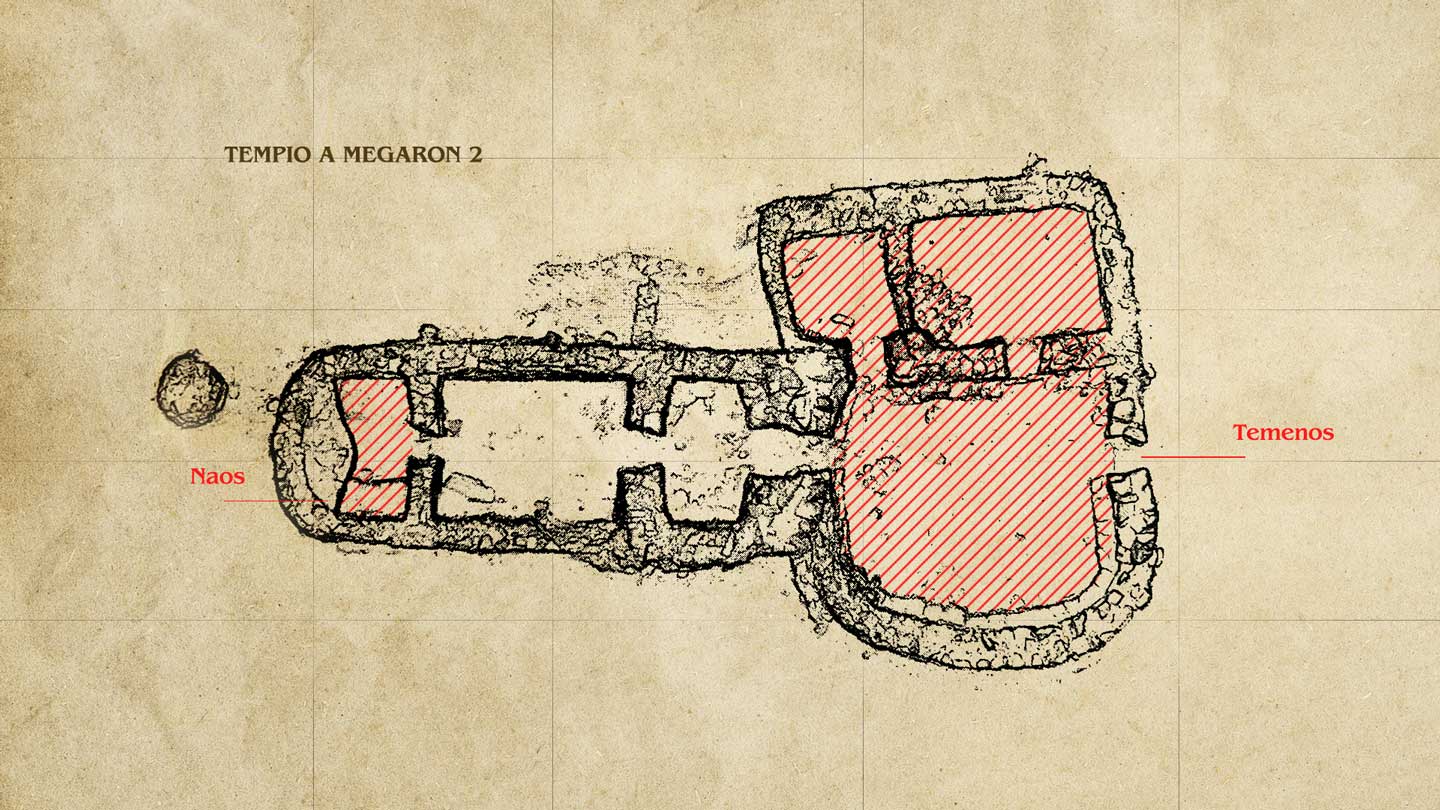
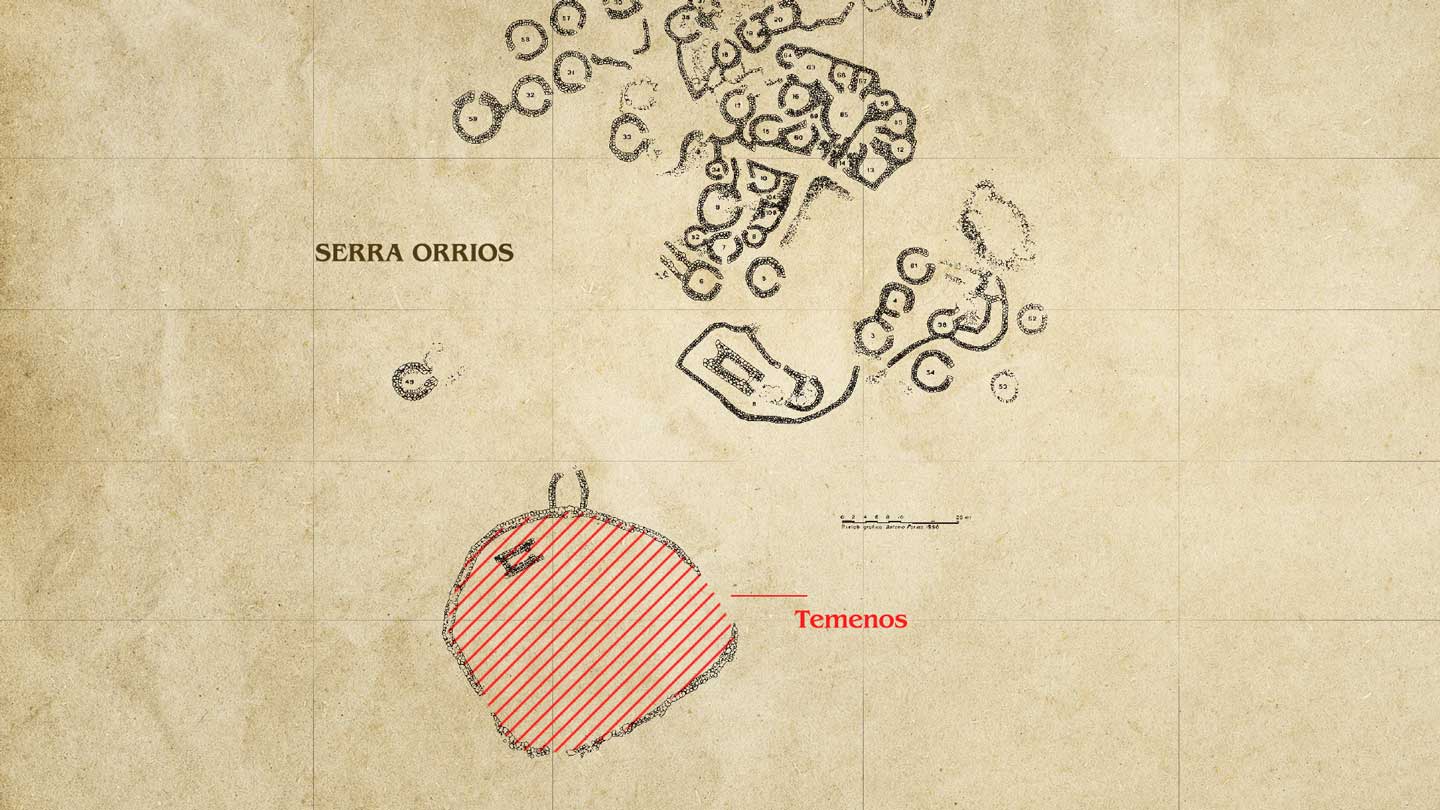
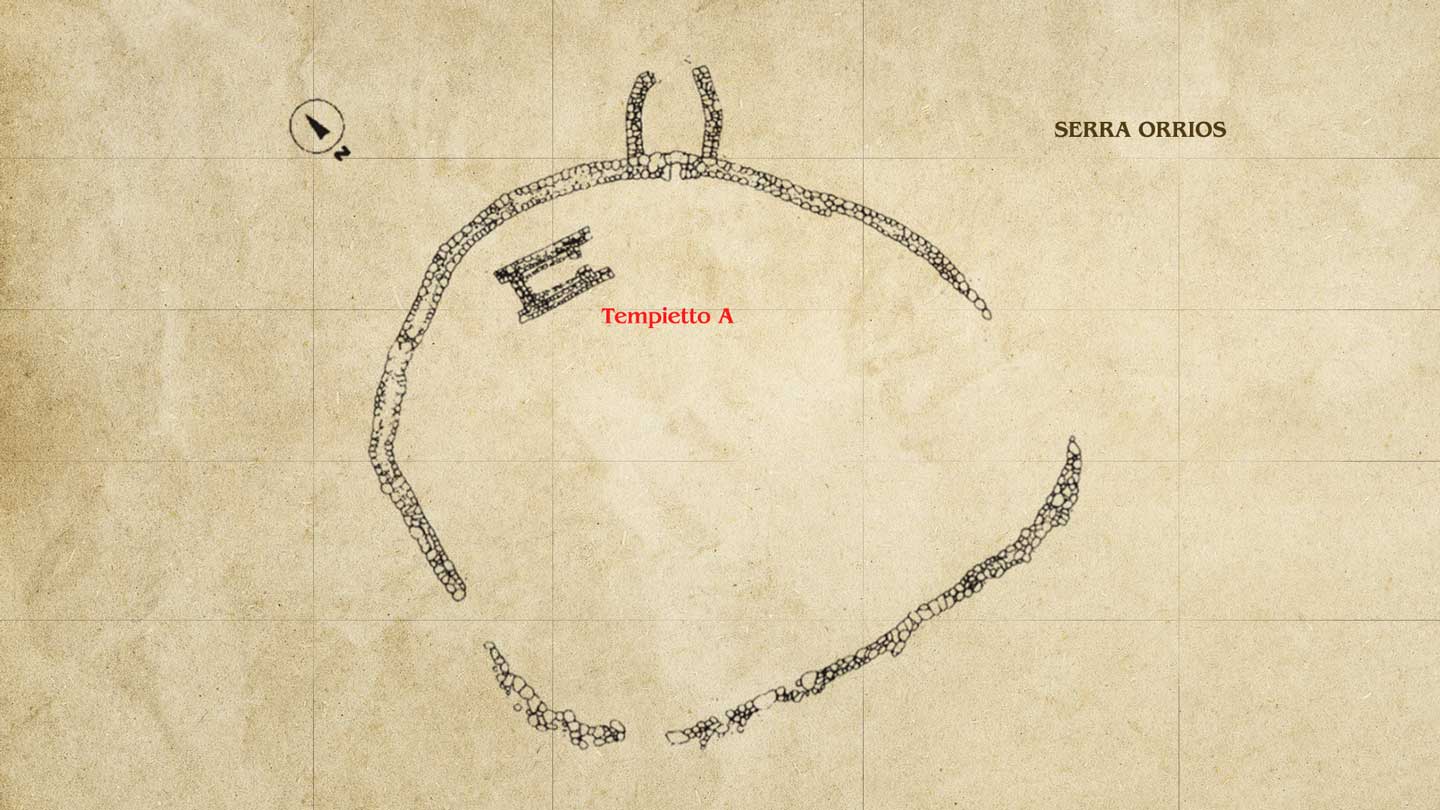
Rituals and offerings: a heritage of bronze figurines and votive swords
Archaeological excavations have uncovered a significant number of votive deposits, mainly consisting of small bronze figures depicting animals, boats and warriors, as well as votive swords and metal and clay containers. These objects not only bear witness to the devotion of the community, but also help to date the use of the sanctuaries between the Middle Bronze and the Early Iron Age.
The megaron 2 of S’arcu ‘e is Forros, in Villagrande Strisaili, is an emblematic example of how temples were modified over time. This sacred building was built on a previous circular temple, combining tradition and architectural innovation. Its votive altar, now preserved in the Archaeological Museum of Nuoro, is distinguished by its refined two-tone color (trachyte and basalt) and its decoration with ram protomes, a symbol of power and sacredness.
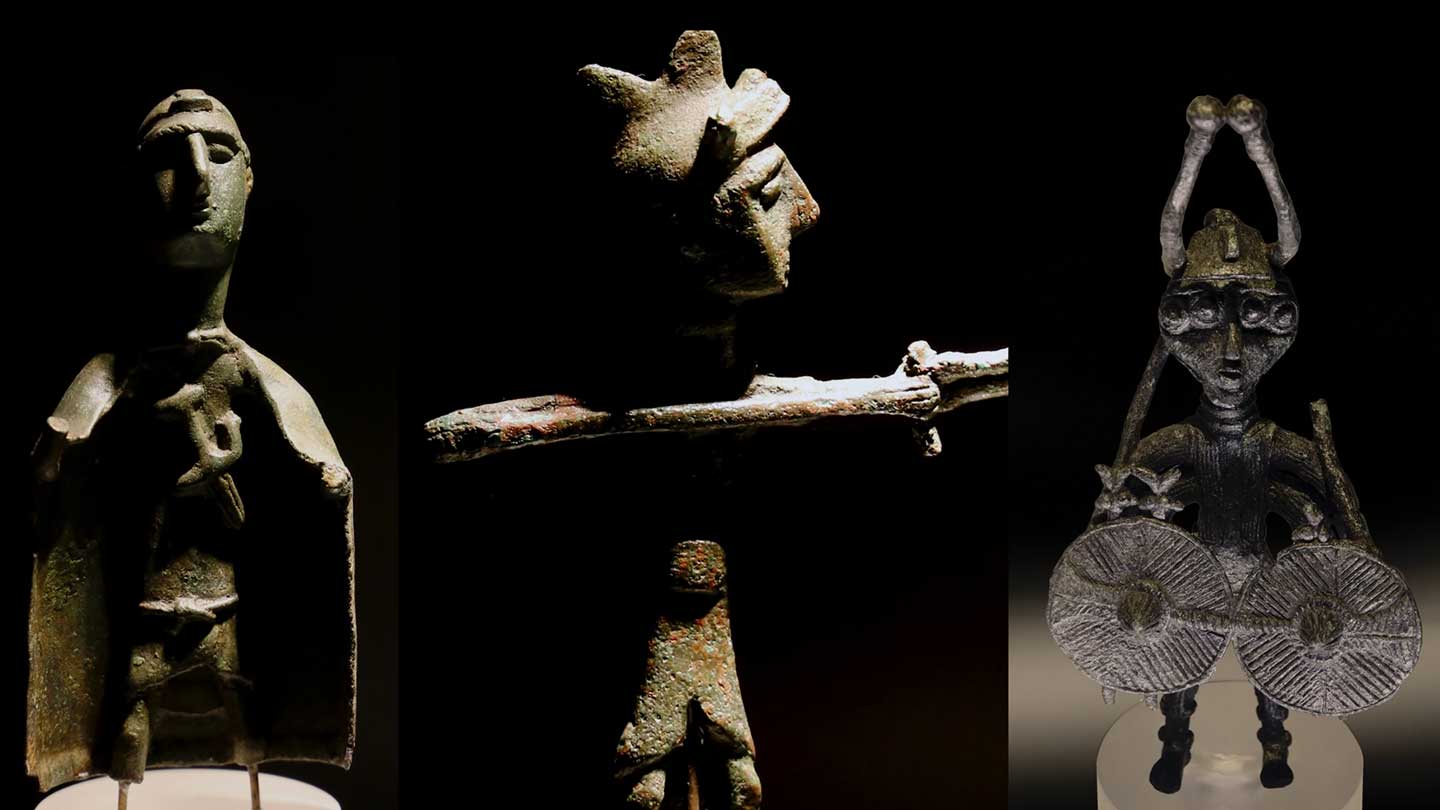
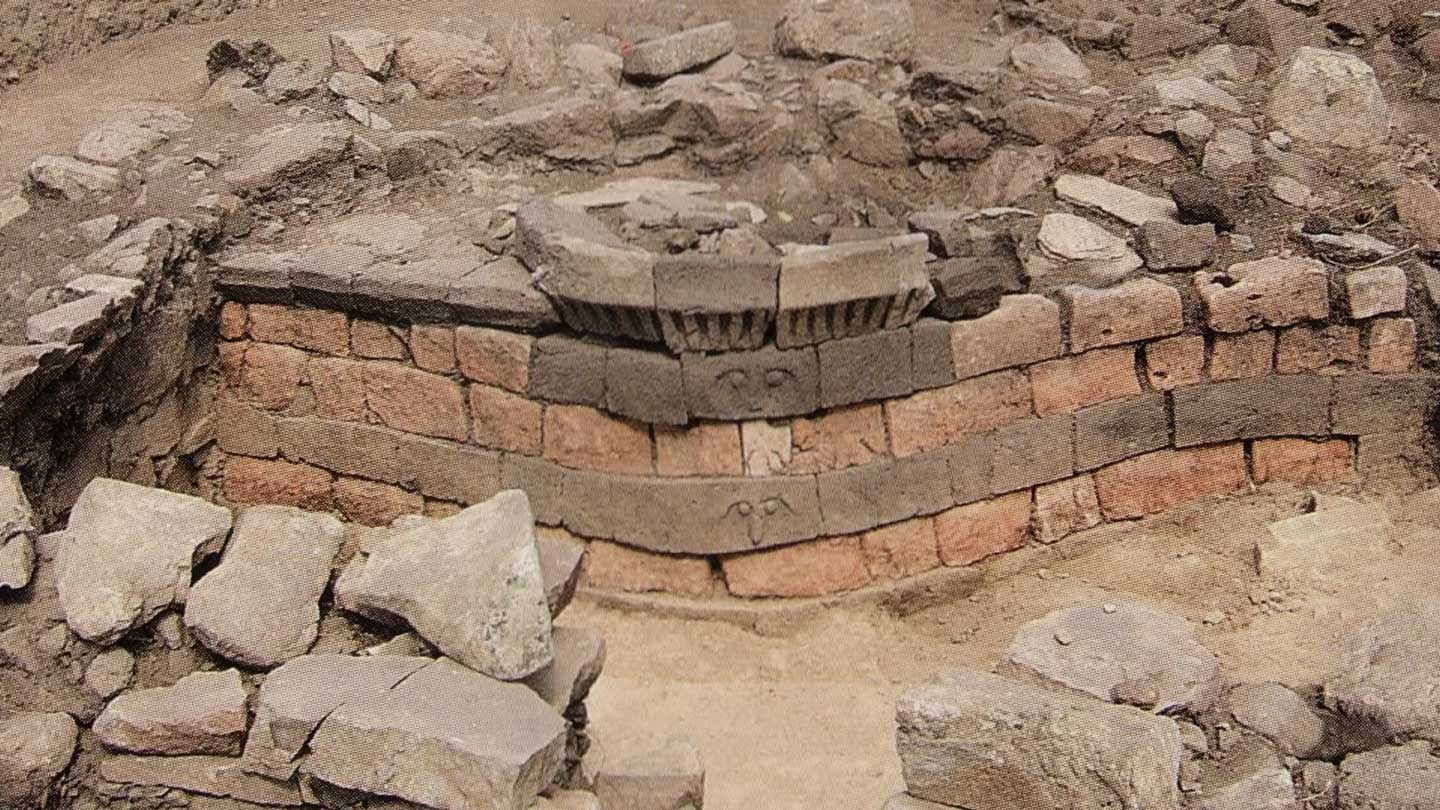
The Sacred Wells and the Cult of Water: Nuragic astronomical machines?
Megaron temples have often been associated with the cult of water, a fundamental sacred element in Nuragic Sardinia. Sacred wells, such as the one in Santa Cristina in Paulilàtino, were made with openings designed to measure astronomical phenomena such as the solstices and the full moon. This precision suggests that the Nuragic people had advanced knowledge in the field of astronomy, an aspect that raises questions about their scientific culture.
The idea that shepherds and farmers could build such complex structures has often been met with skepticism, but archaeological data shows how the Nuragic cult was closely connected to knowledge of the cosmos. An interesting comparison emerges with the sacred hills mentioned in the Bible, which were home to cults other than that of Yahweh, and which suggest a common conception of the hill as a privileged place for contact with the divine.
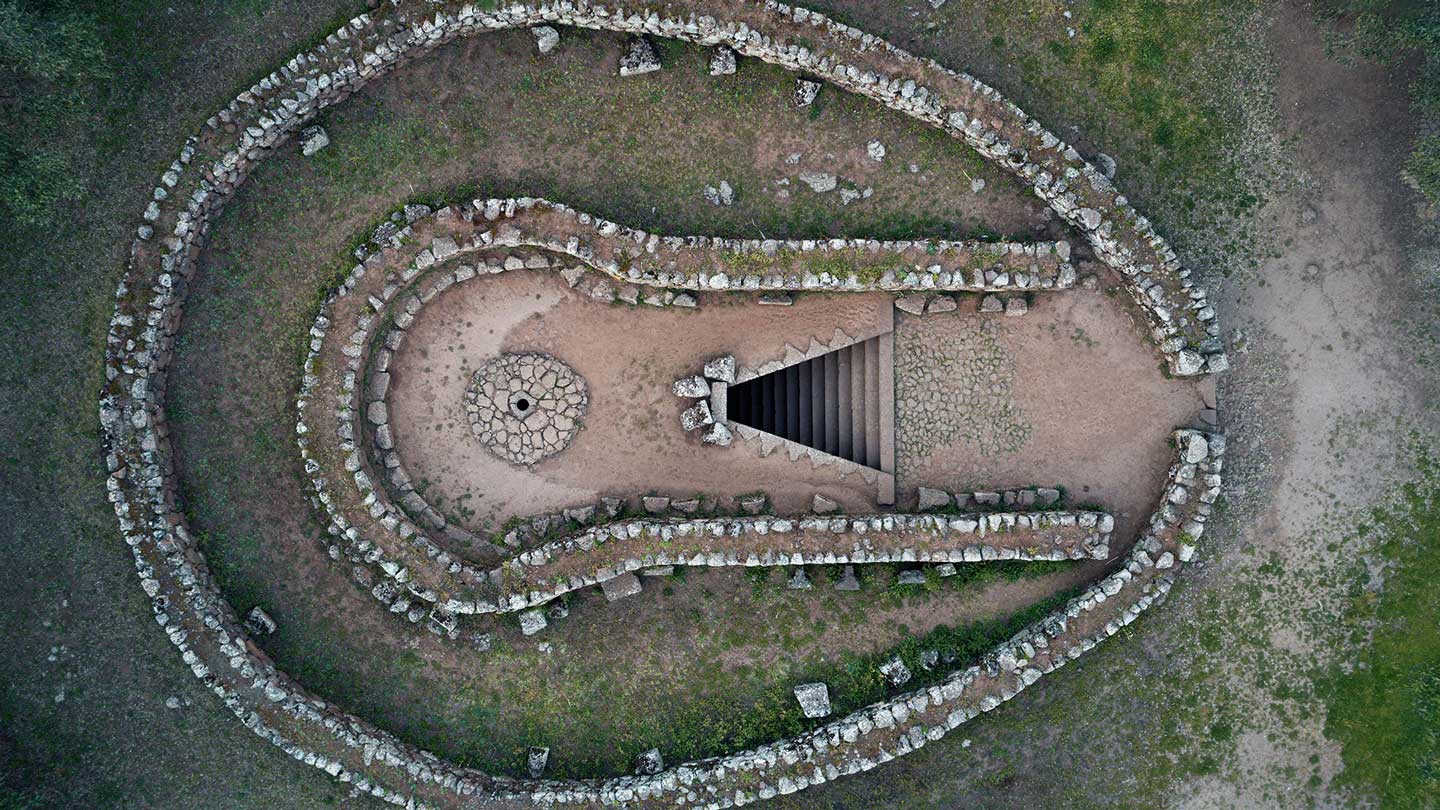
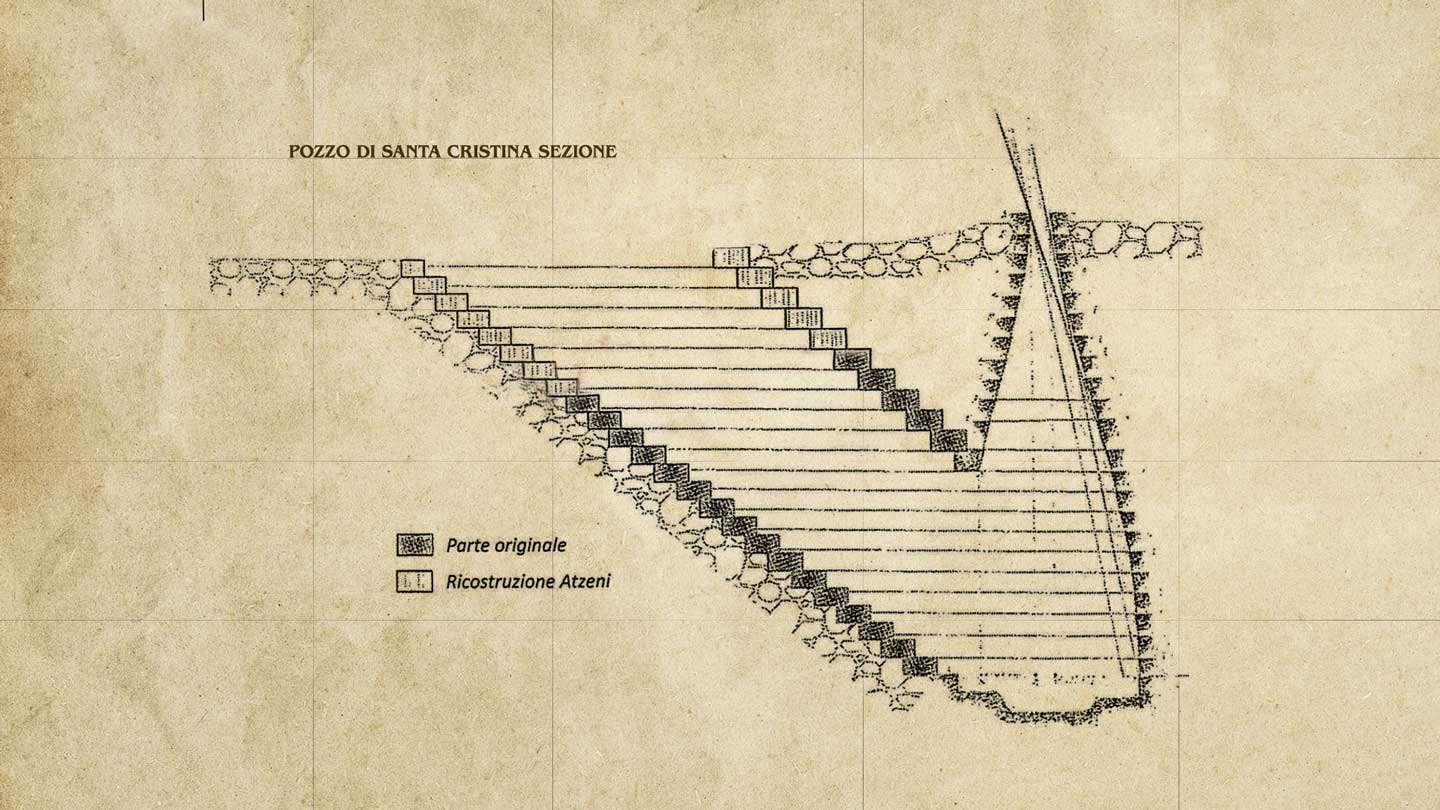
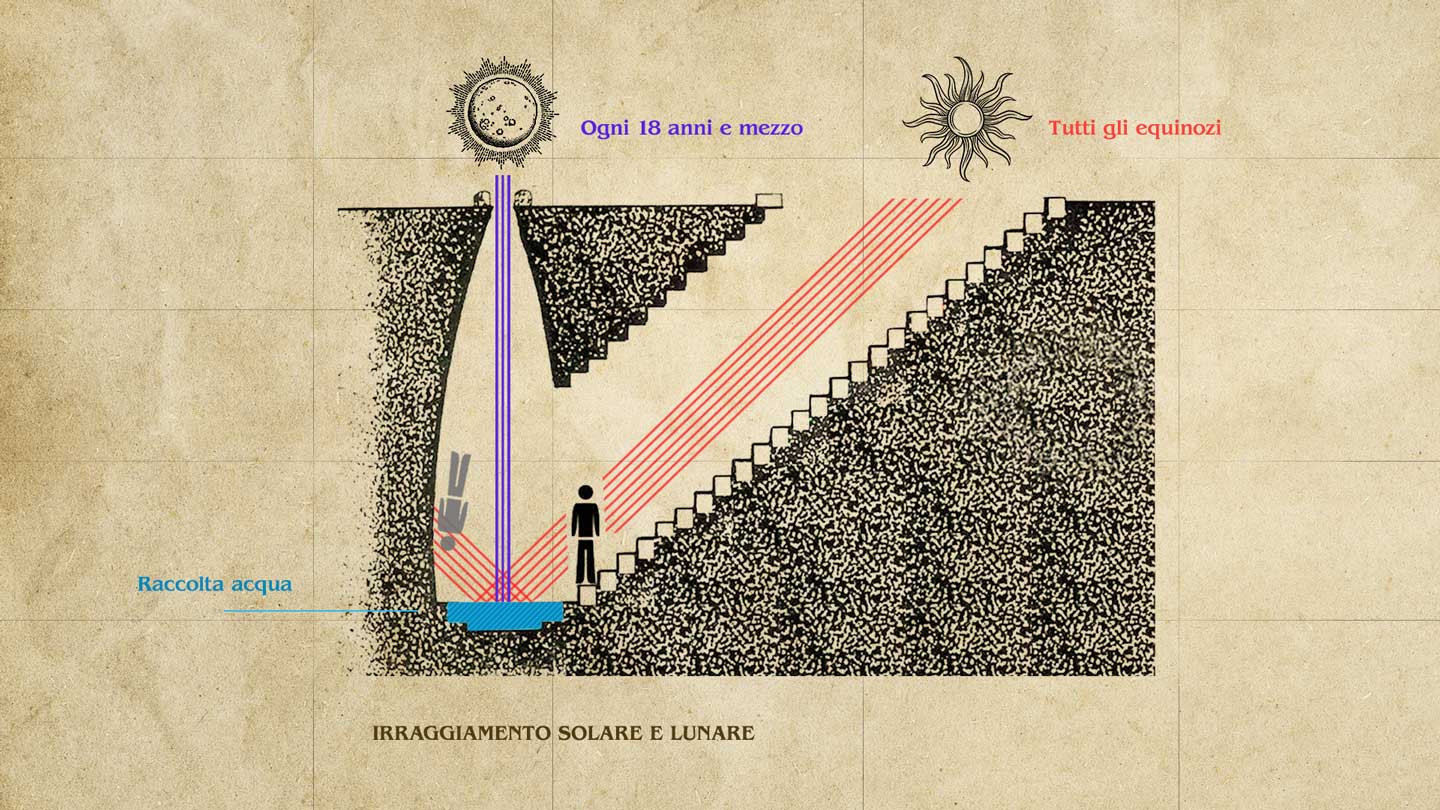
Symbolism and connections with the Near East
One of the most surprising aspects of the megaron temples is their extraordinary similarity to Syrian-Palestinian sacred architecture. The temple of Esterzili, known as the Domu de Orgìa, has a tripartite structure very similar to the Temple of Solomon described in the Bible. The presence of sacred enclosures and storerooms for offerings is also a common element in both contexts.
These correspondences could indicate not only cultural exchanges between Sardinia and the Near East, but also a common root in the conception of the sacred and the divine. Recent epigraphic discoveries in Sardinia even suggest the presence of the name Yahweh, the god of Israel, engraved on Nuragic finds, reinforcing the idea of a link between these distant civilizations.
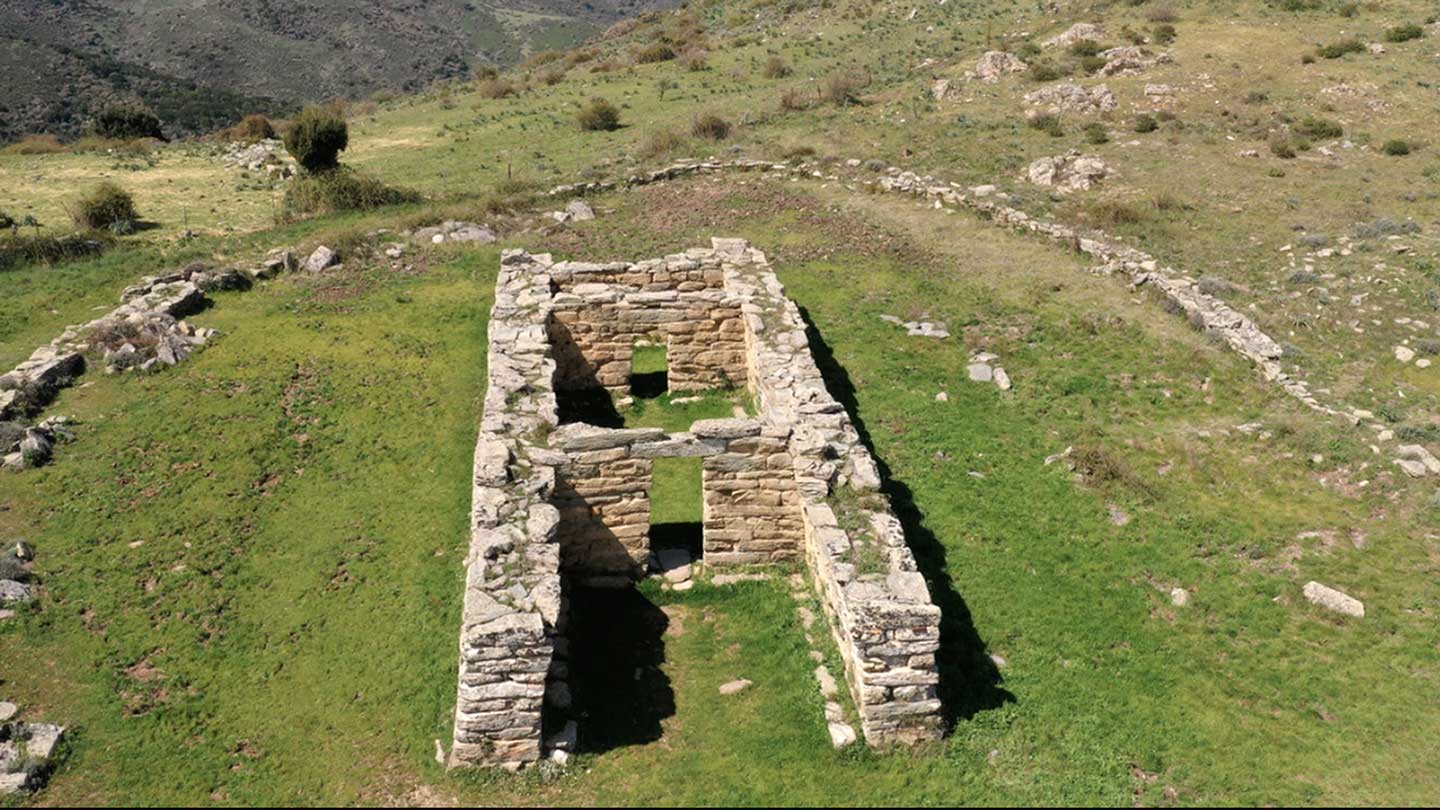
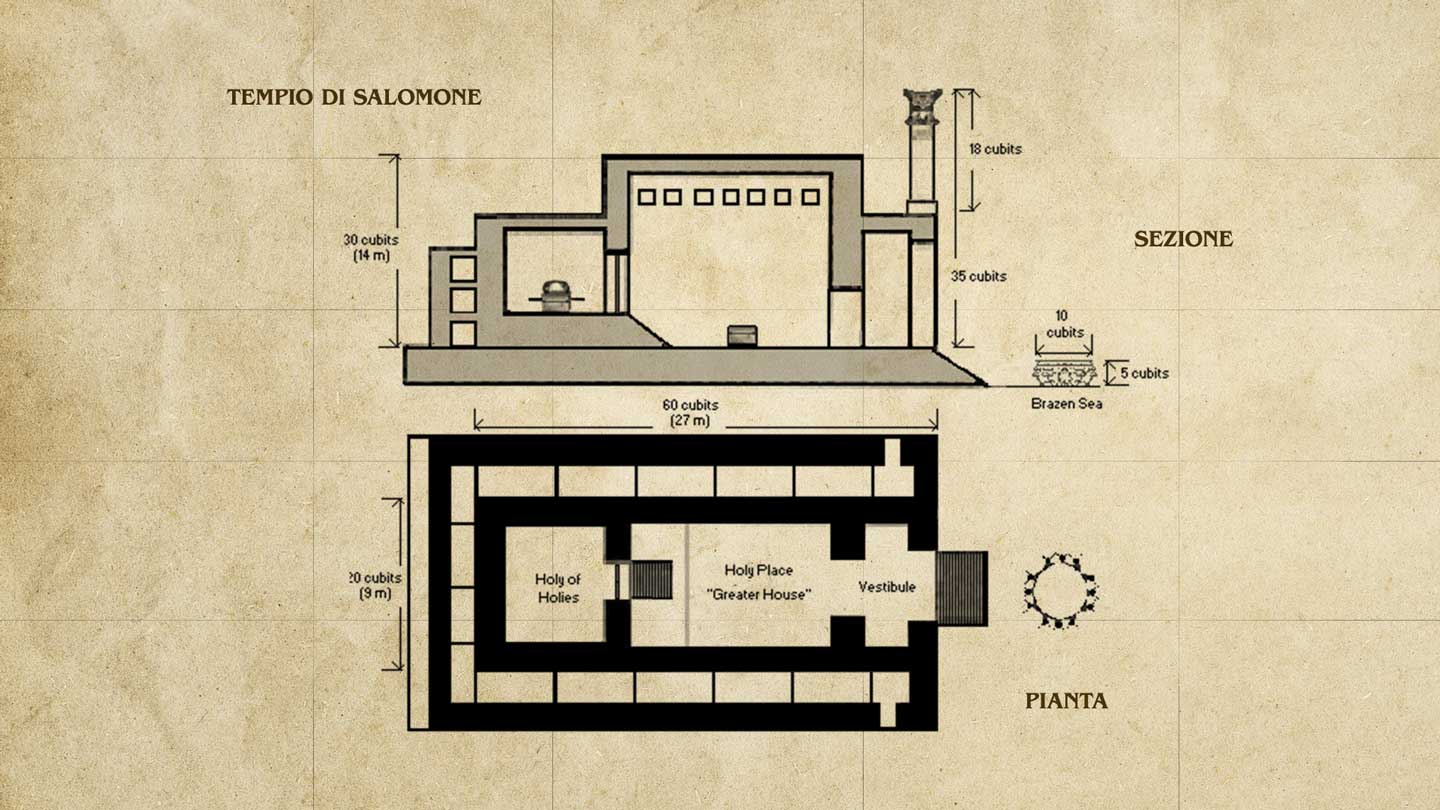
The “megaron” temples: windows on Nuragic spirituality
The megaron temples are an extraordinary window on the spirituality of the Nuragic civilization. These buildings, with their decorated votive altars, ritual deposits and their peculiar elevated position, demonstrate a complex and stratified religiosity, linked to fire, water and the stars.
The connections with the Semitic world and the presence of the name Yahweh in Nuragic writing raise fascinating questions about who the Nuragic Sardinians really were and what their contacts were with the great civilizations of the Mediterranean. A mystery that, between archaeology and epigraphy, continues to stimulate research and the curiosity of scholars.
Episode 3: The script of the Nuragic Sardinians
English subtitles
The idea that the Nuragic Sardinians knew and used a writing system was for a long time denied by scholars of traditional doctrine. However, discoveries in recent decades have called this belief into question, bringing to light hundreds of Nuragic inscriptions that suggest a much more complex and articulated panorama than previously thought.
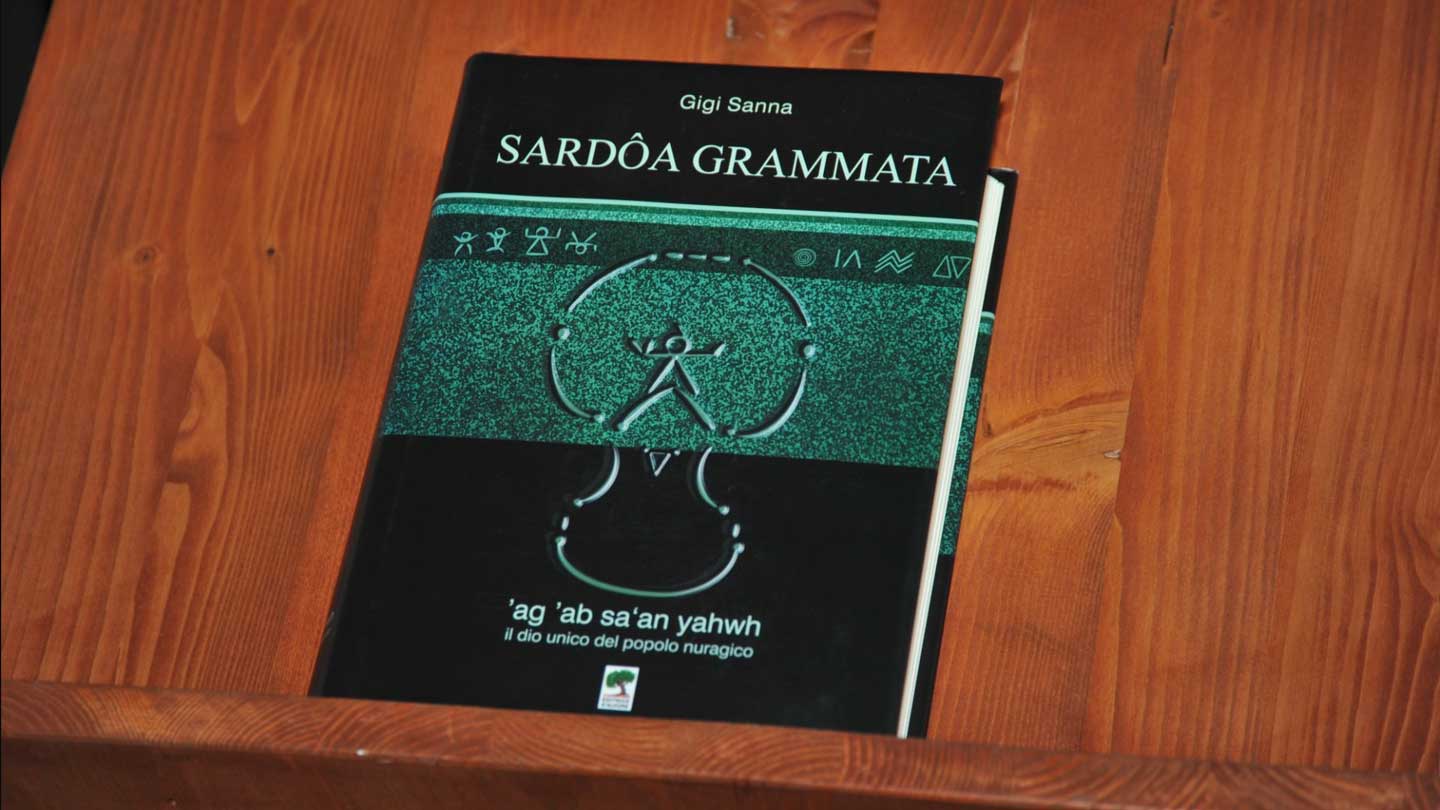
The Corpus of Nuragic Inscriptions
One of the most significant contributions was that of Luigi Sanna, who in 2004 published “Sardoa Grammata”, a monumental essay resulting from ten years of study of Nuragic written documents. These inscriptions on clay, stone and metal, which numbered a few dozen, have now reached over 300 known finds. The most sensational discovery in this context is the clay vessel of Thetis, a clay object dated to the 9th century BC, which has twelve marks engraved before firing.
These signs can clearly be traced back to the main archaic Semitic alphabetic systems, in particular Proto-Canaanite and Proto-Sinaite. The presence of these graphemes suggests not only a writing practice, but also a literate culture with its own codified system.
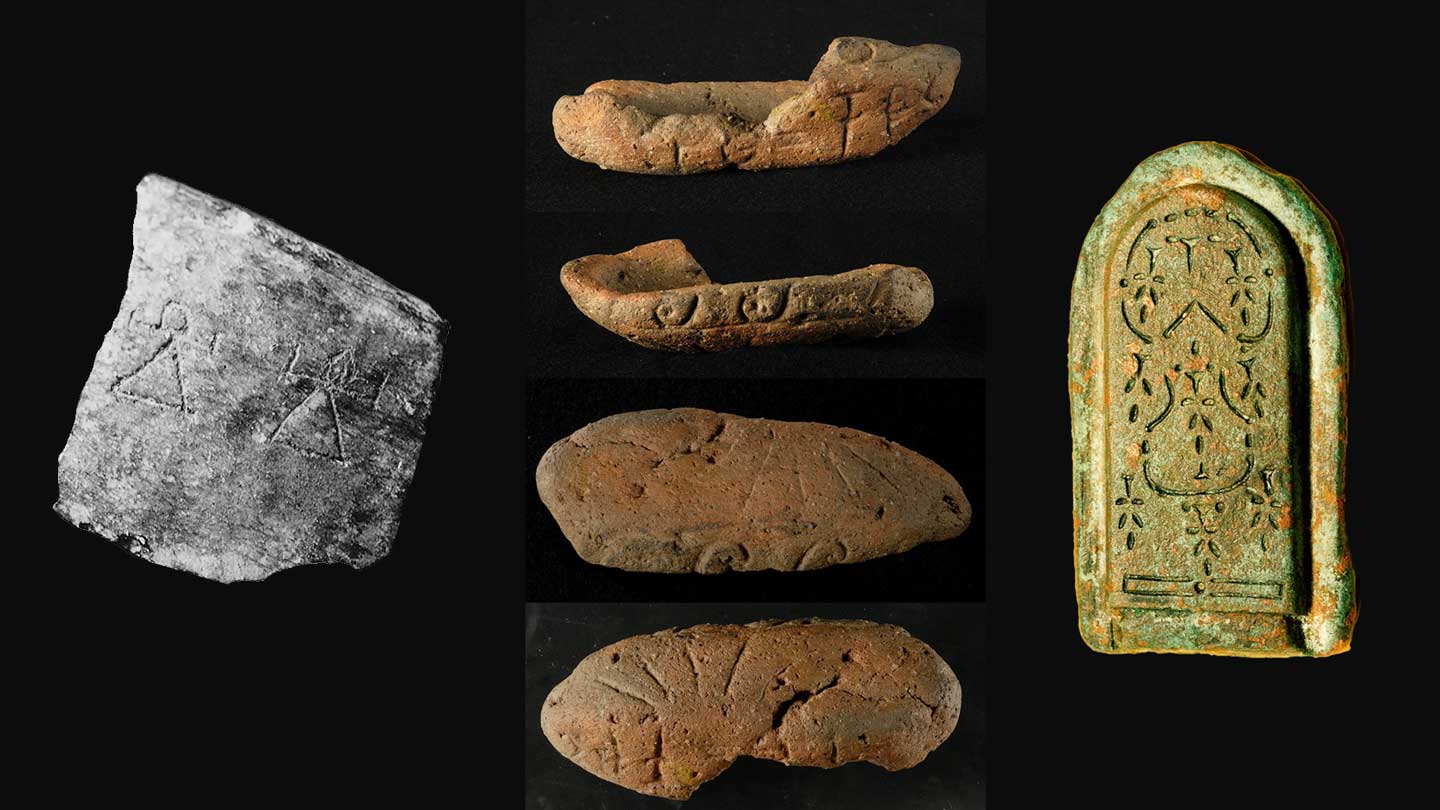
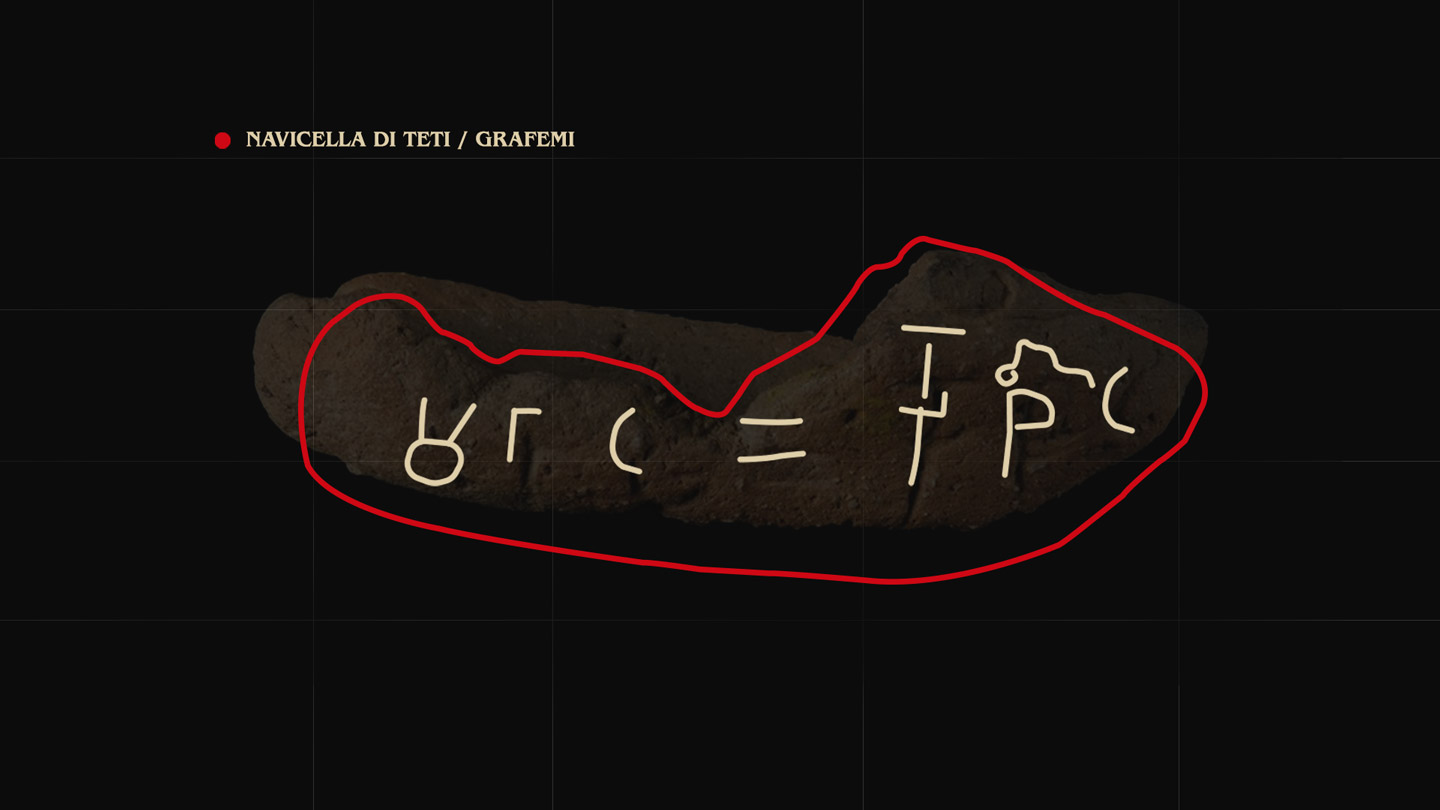
Deciphering and meaning of the inscriptions
Linguistic analysis of the inscriptions has brought to light a combination of Semitic and Indo-European elements, testifying to a mixed linguistic influence. An emblematic example is the inscription on the navicella of Teti which reads:
“Ag He dhe Yah Nur He”, translatable as “He, Bull of Yahweh, He, Light”.
The term Ag, which in archaic Sardinian could mean “bull”, refers to an Indo-European root (*ak-) that expresses the concept of “sharp, pointed”. The word Nur, of Semitic origin, means “light”, while Yah corresponds to one of the abbreviated forms of the name Yahweh, known from the biblical tradition.
This combination of elements suggests that the Nuragic Sardinians not only knew how to write, but also possessed a hybrid linguistic system, combining indigenous traditions with external influences.
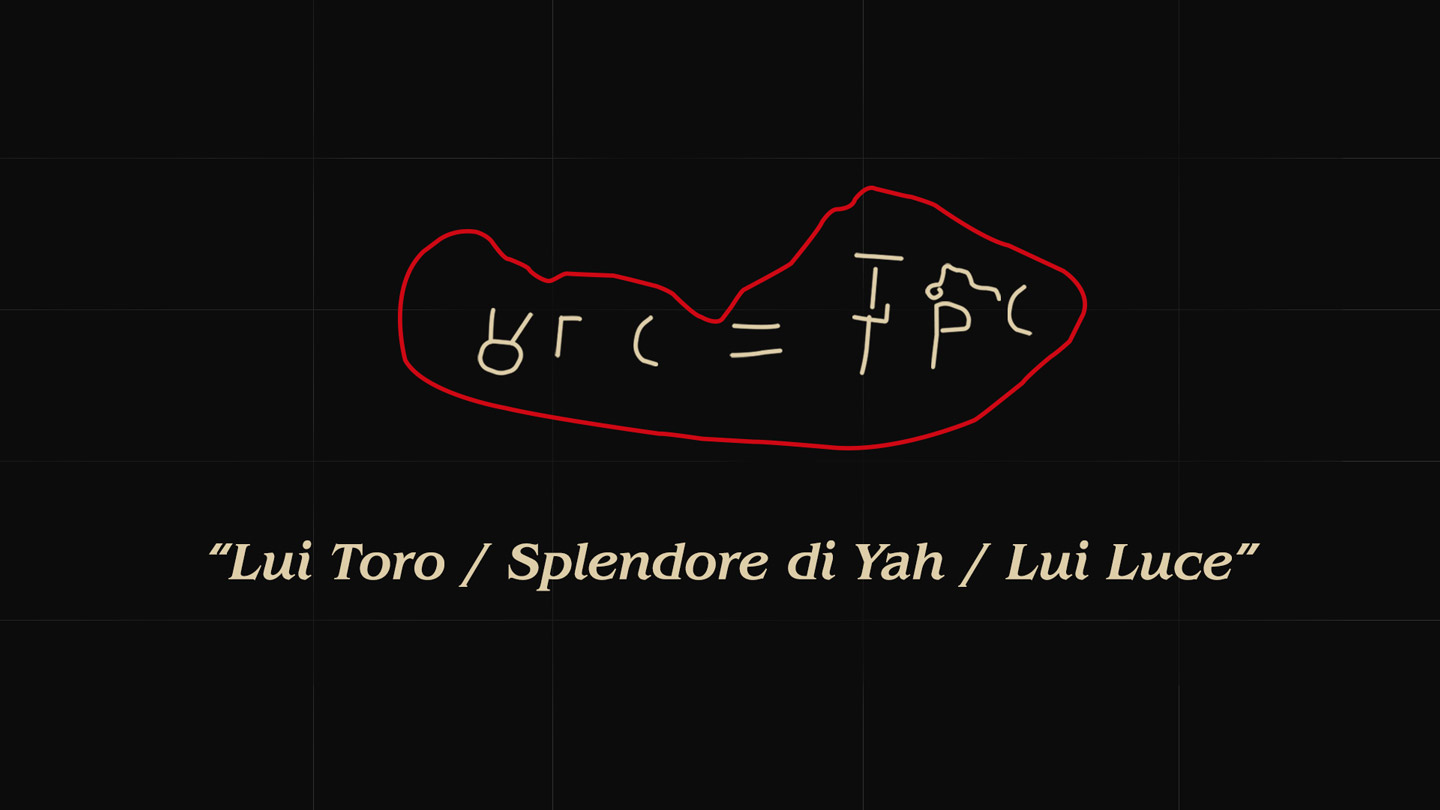
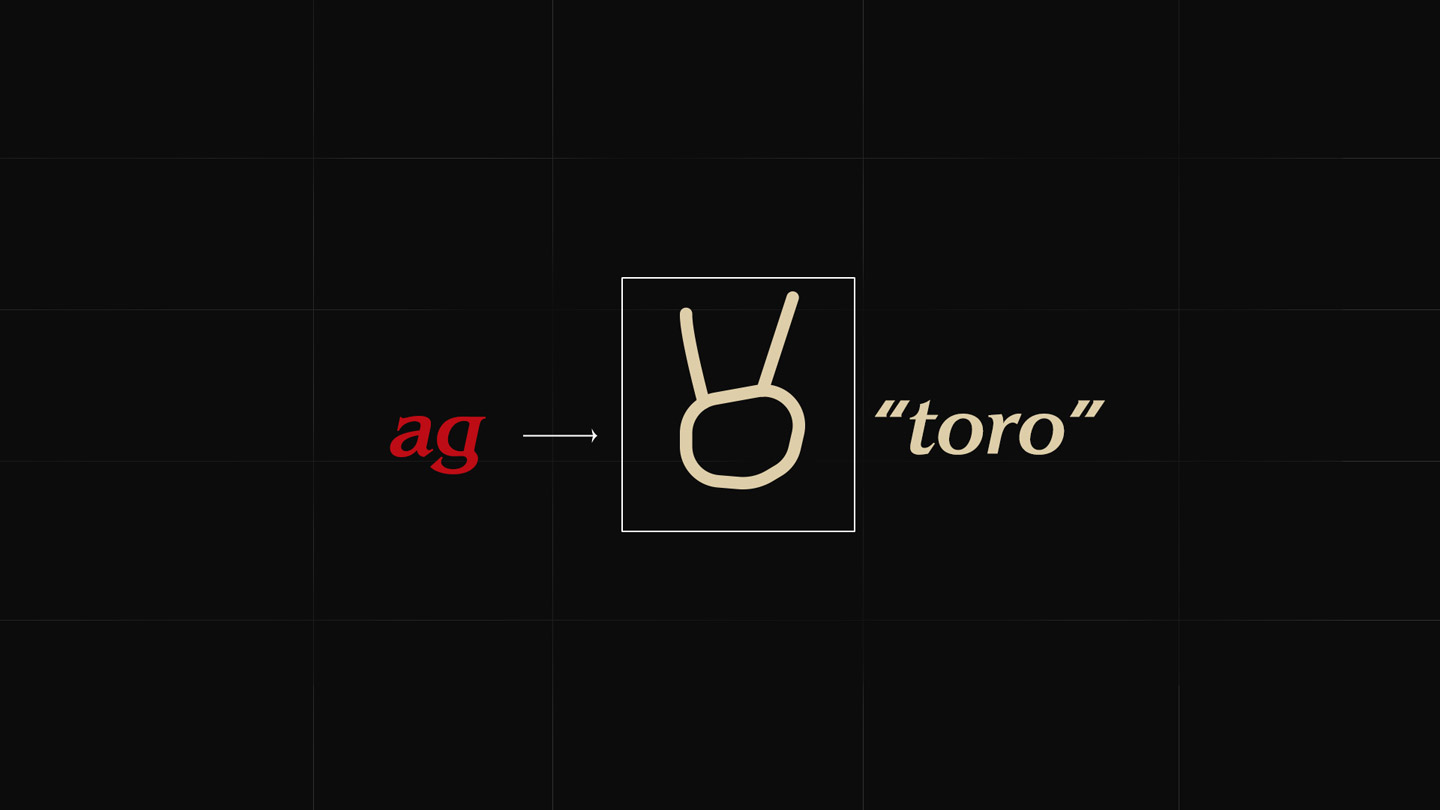
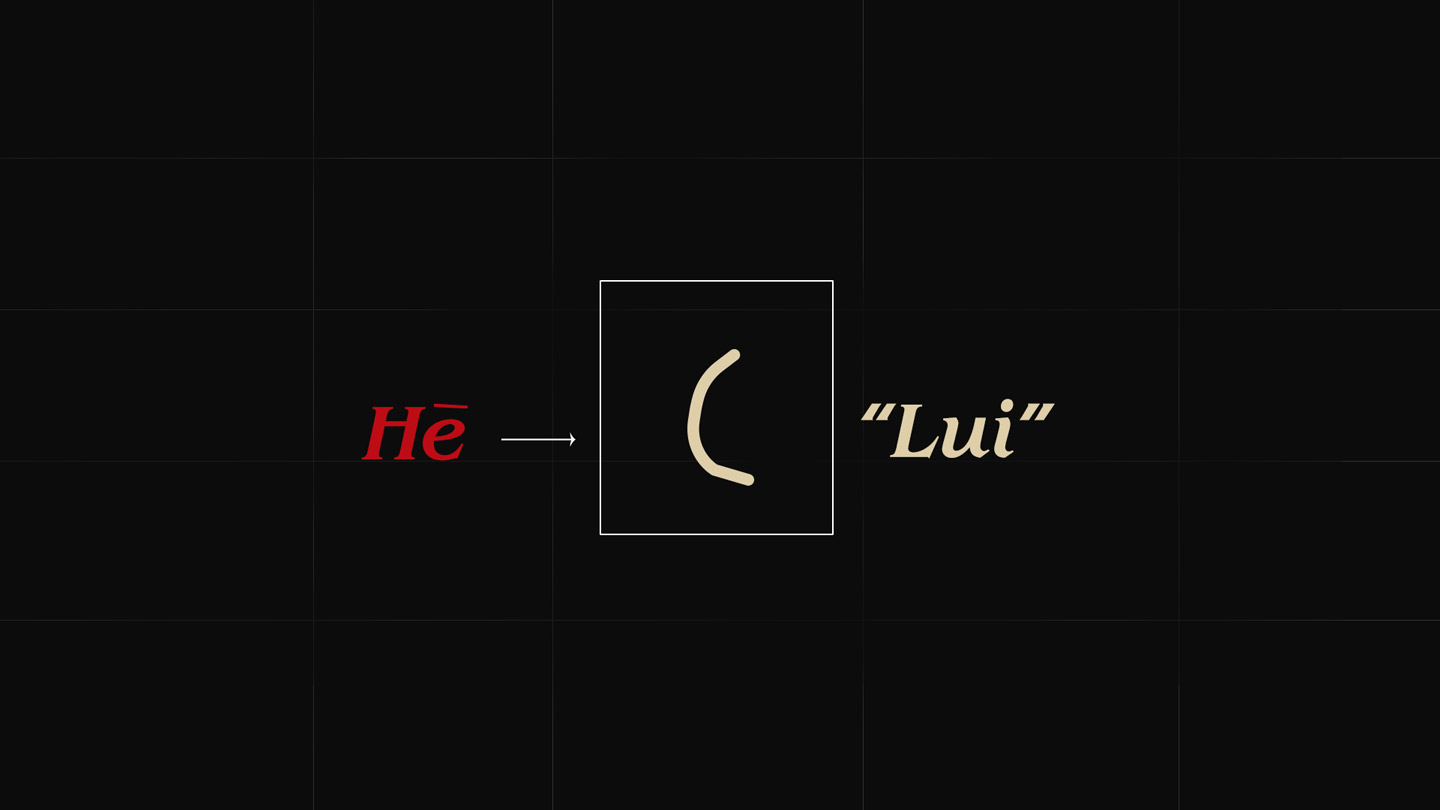
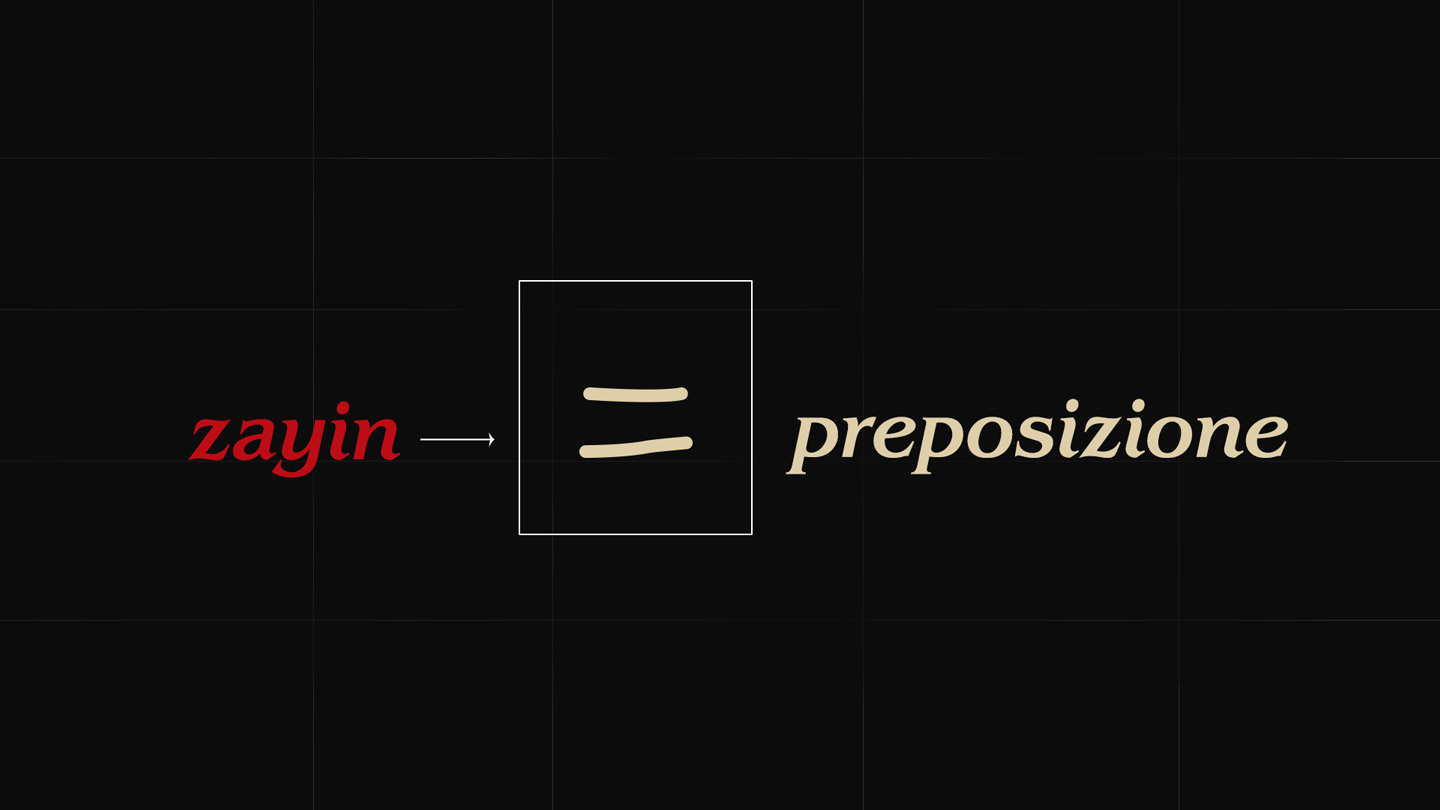
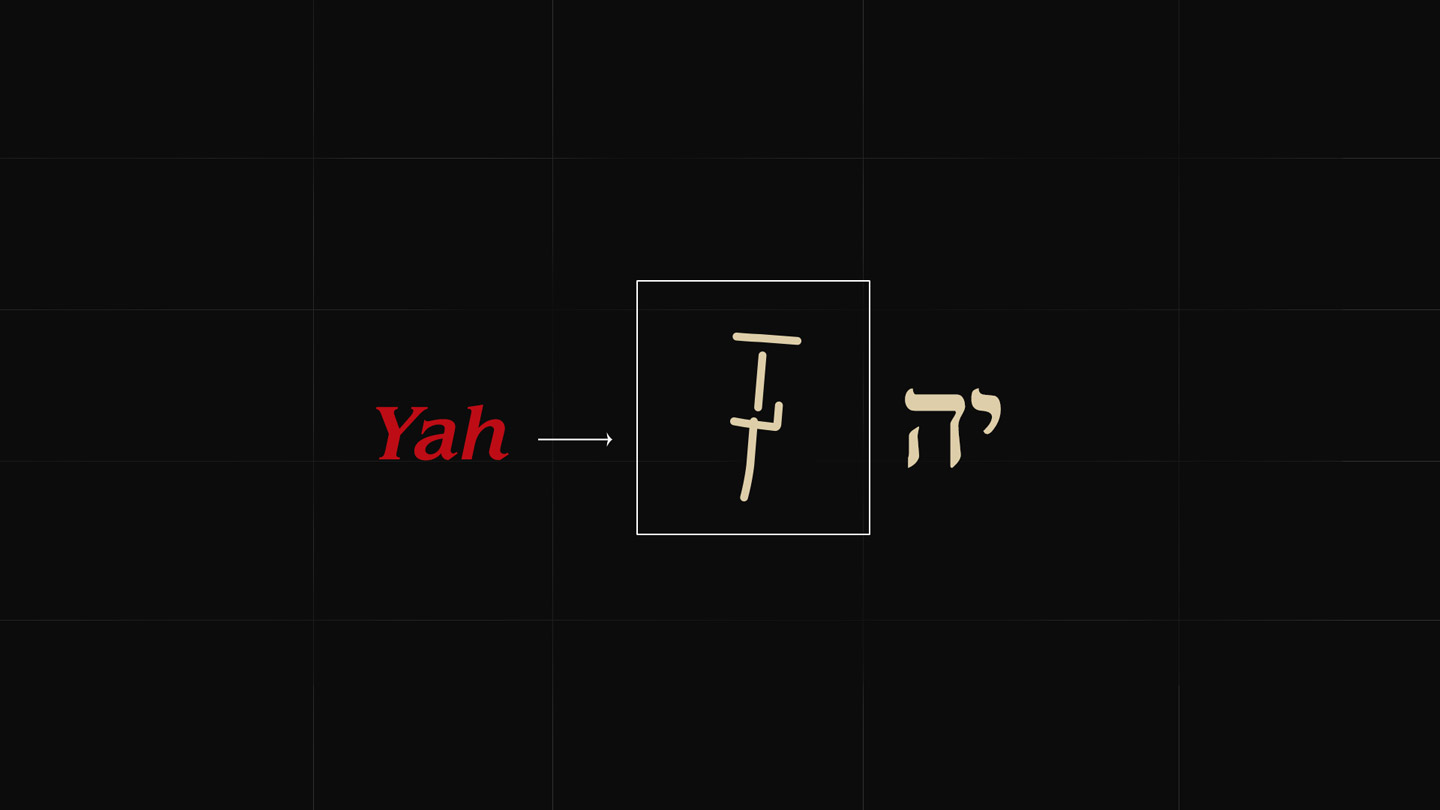
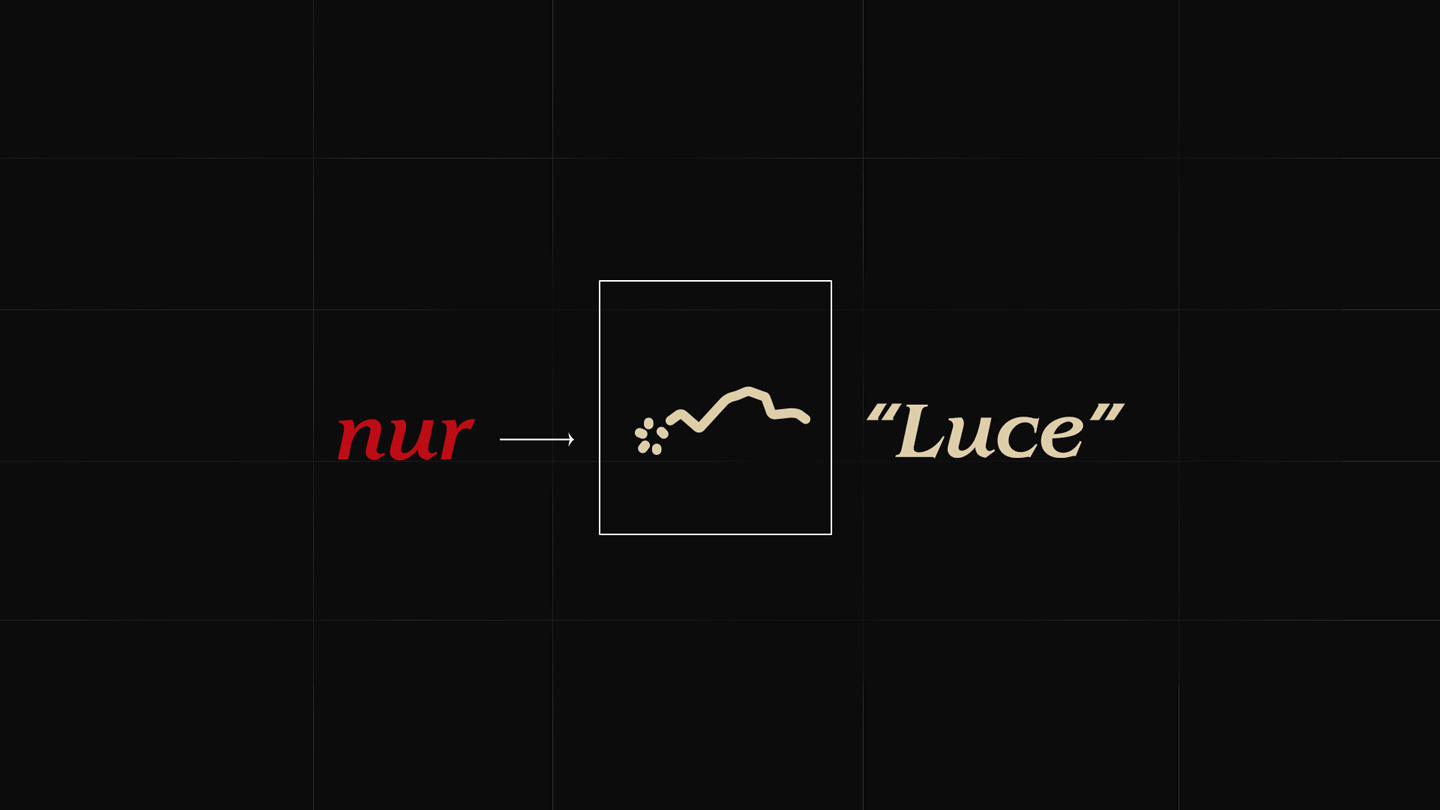
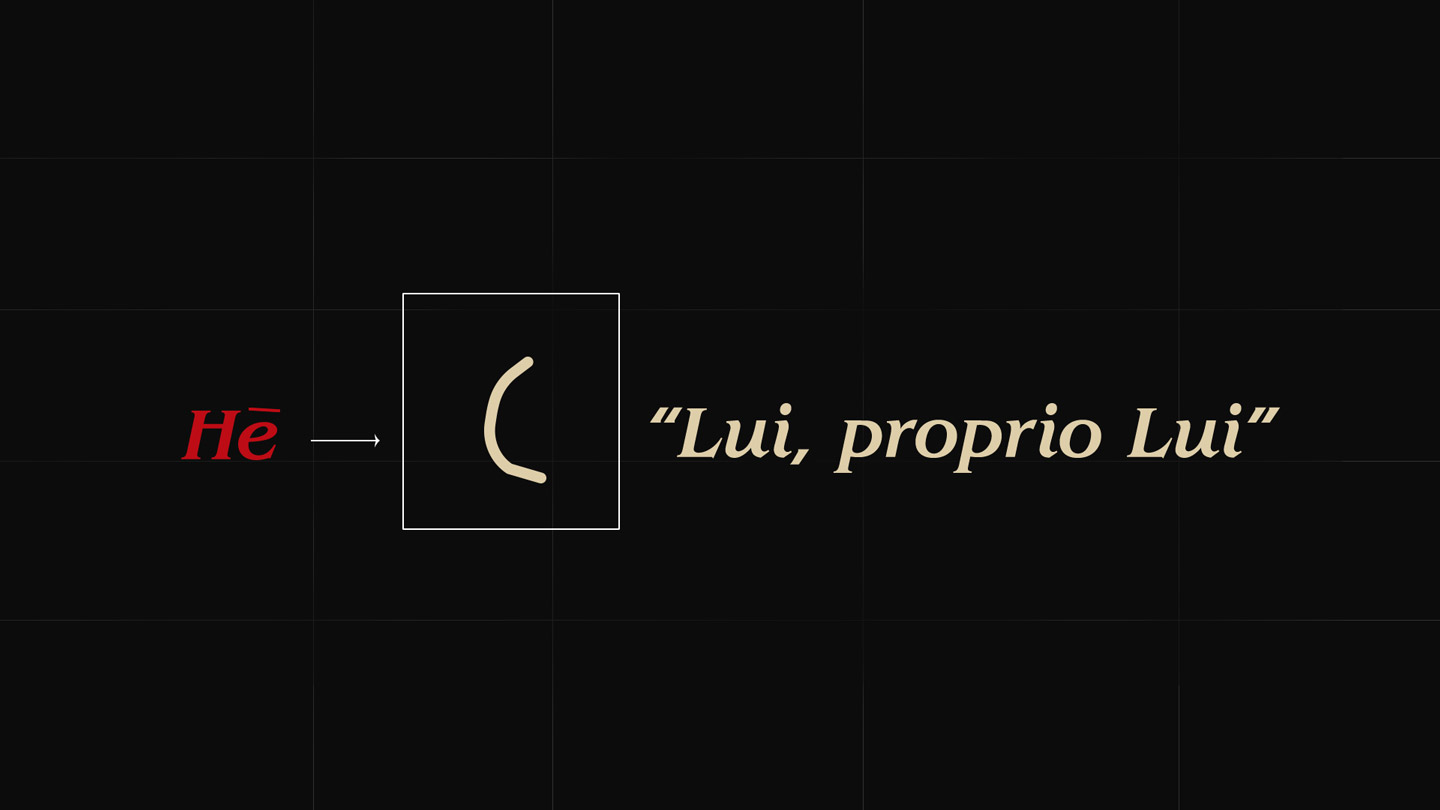
Nuragic writing: a sacred code?
Nuragic inscriptions appear to be closely linked to cultic and religious use. It is essentially a hieroglyphic and cryptographic form of writing, produced by an elite of scribe-priests with the aim not of spreading, but of hiding knowledge. This approach recalls the system of Egyptian hieroglyphics, used by priests to keep the profound meanings of sacred writings secret.
Further confirmation of the connection with Middle Eastern traditions comes from Eusebius of Caesarea, who in his Praeparatio Evangelica quotes Philo of Alexandria and the Phoenician priest Sanchuniathon, who claimed that ancient sacred texts were deliberately cryptic to prevent people from fully understanding them.
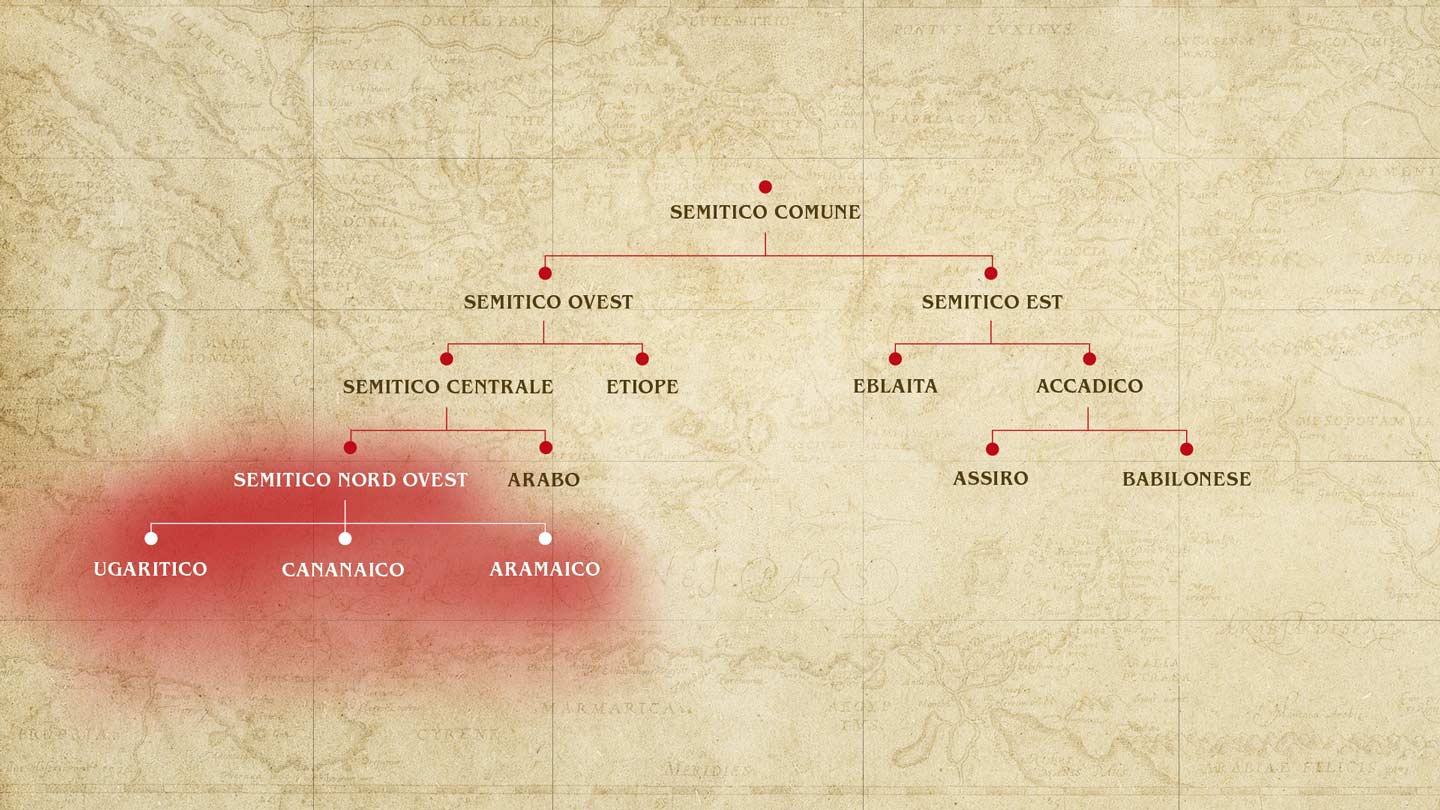
Recent discoveries and connections with the Near East
One of the most sensational discoveries in this field is the so-called “plaque of curses” found in 2022 on Mount Ebal, in Israel. It is a lead plate from the 13th century BC that contains an inscription with the name Yahu/Yhwh, written with a combination of proto-Canaanite graphemes very similar to those found in Nuragic epigraphs.
In particular, an amphora shard found in the countryside of Orani bears the same formula “Yahu”, reinforcing the connection between Nuragic Sardinia and the worship of Yahweh in the Syro-Palestinian area.
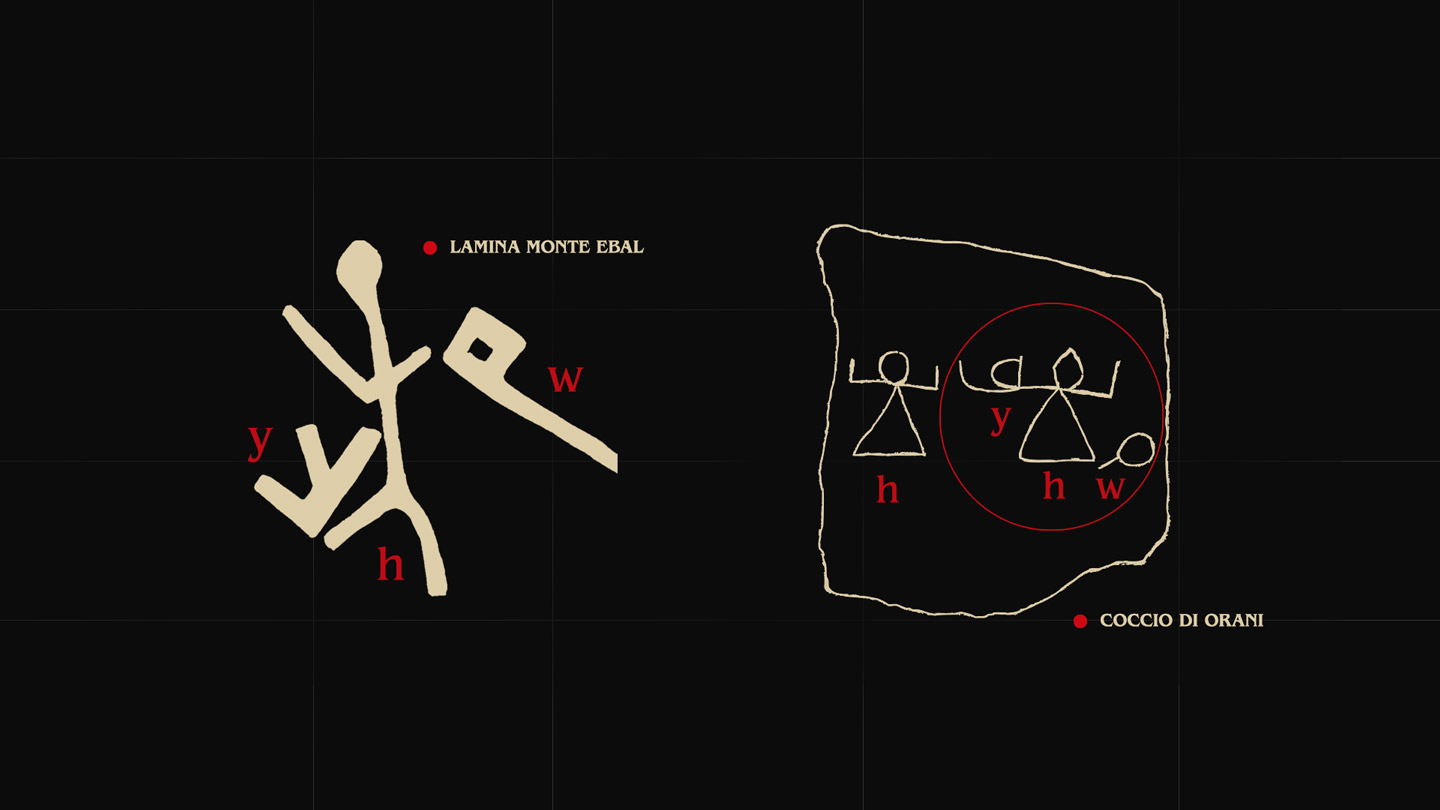
Writing and mystery
The Nuragic inscriptions represent one of the most fascinating discoveries in the field of research on ancient Sardinia. They demonstrate not only that the Nuragic Sardinians wrote, but that they used a hybrid system between local tradition and Semitic influences.
The link with the cult of Yahweh and the Near East opens up new scenarios on the history of the Nuragic people, highlighting their role not as an isolated civilization, but as active protagonists of the cultural and commercial routes of the Mediterranean. A field of study that deserves to be explored further, to rewrite the history of Sardinia and its relationship with the surrounding civilizations.
Episode 4: The Houses of the Giants
English subtitles
In the heart of Sardinia stands one of the most extraordinary expressions of the Nuragic civilization: the tombs of the giants. These megalithic monuments, as imposing as they are mysterious, represent a fundamental piece in understanding the cult of the dead and the conception of the afterlife of this ancient population.
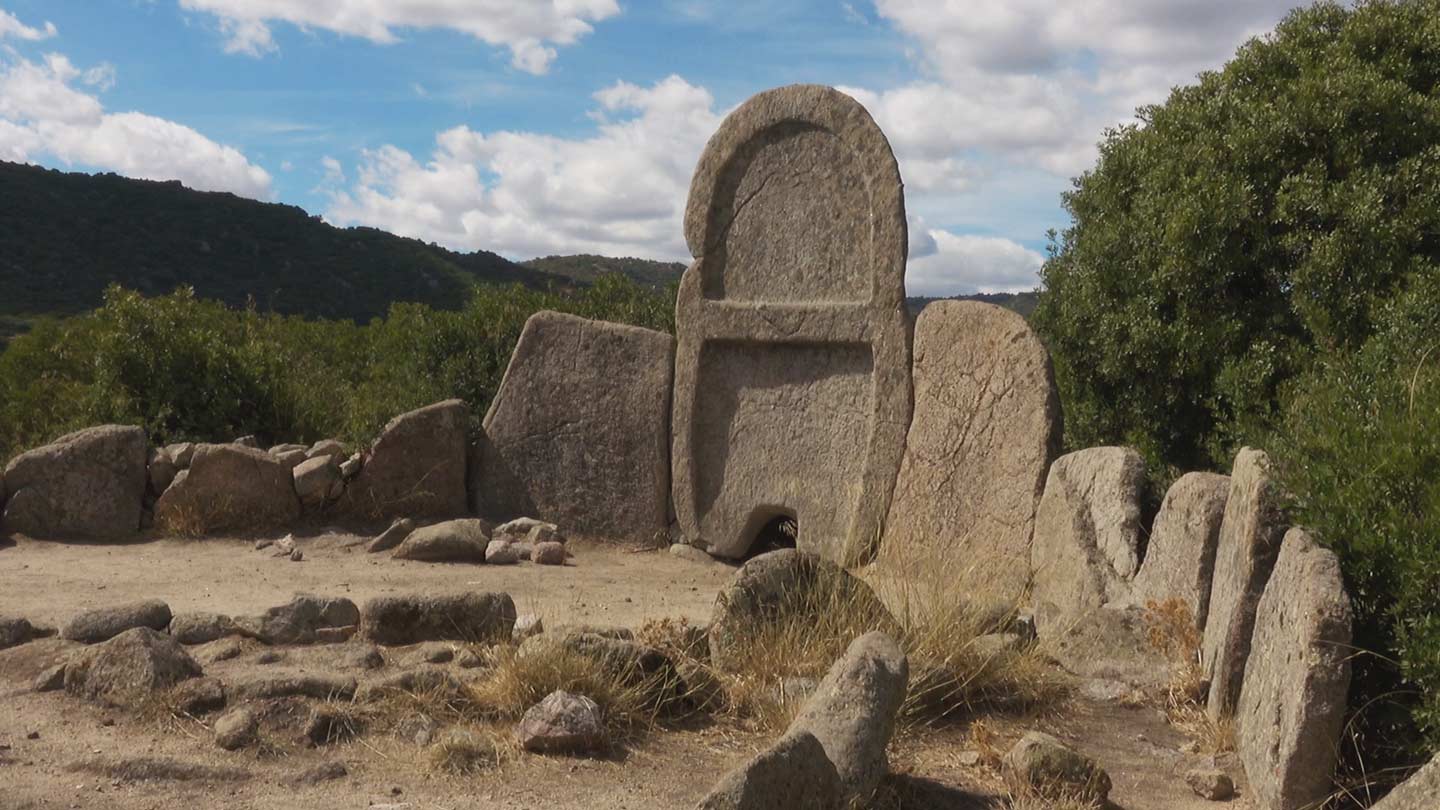
Structure and symbolism of the Tombs of the Giants
The tombs of the giants are characterized by an elongated burial chamber, closed by large stone slabs, and by a monumental facade that opens into a large exedra, a ceremonial space for community rituals. The front elevation often features an arched stele, a distinctive element of these tombs.
Curiously, the plan of the tombs resembles the shape of a bull’s head, recalling the symbolism of the bull, which in Nuragic culture had a sacred value and could represent divine power and rebirth.
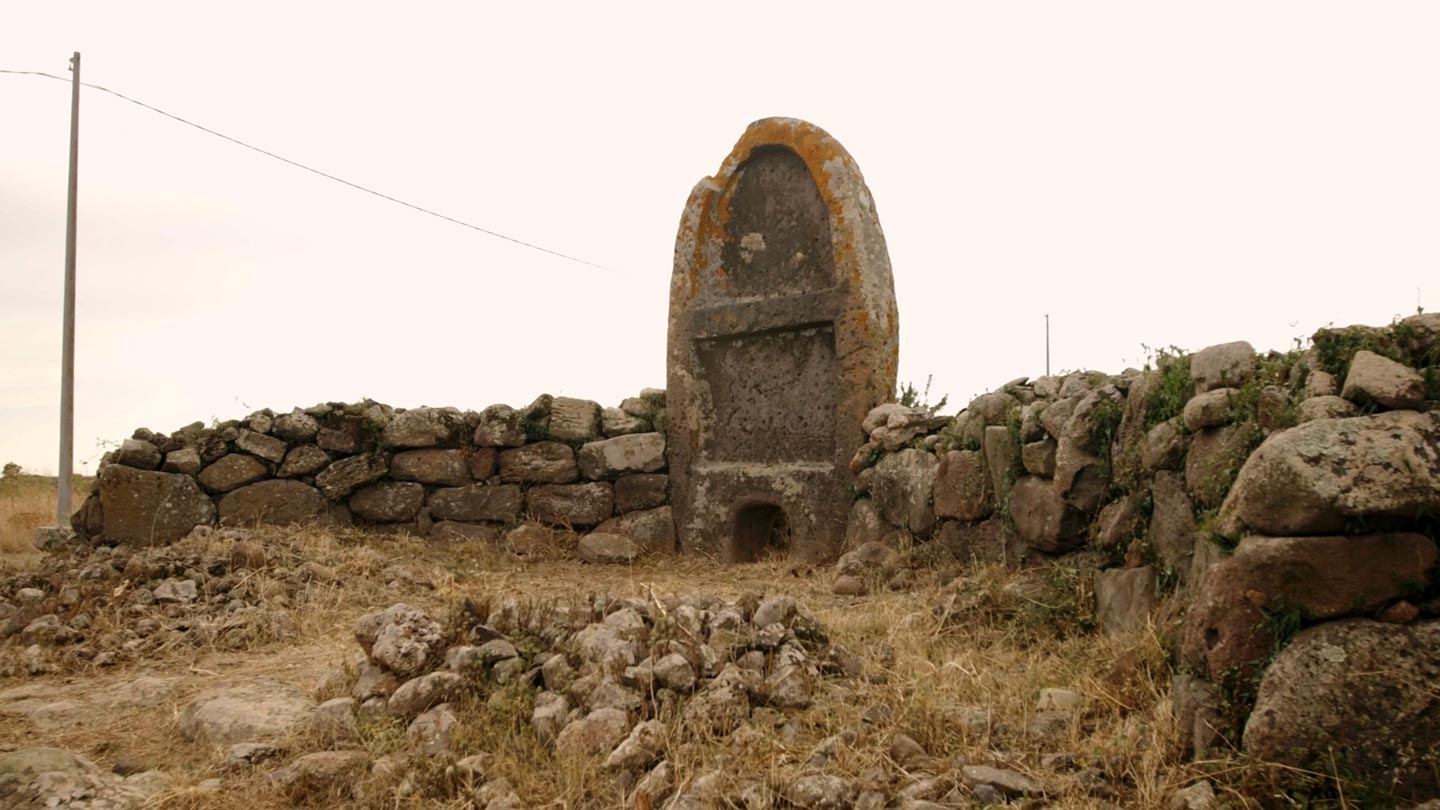
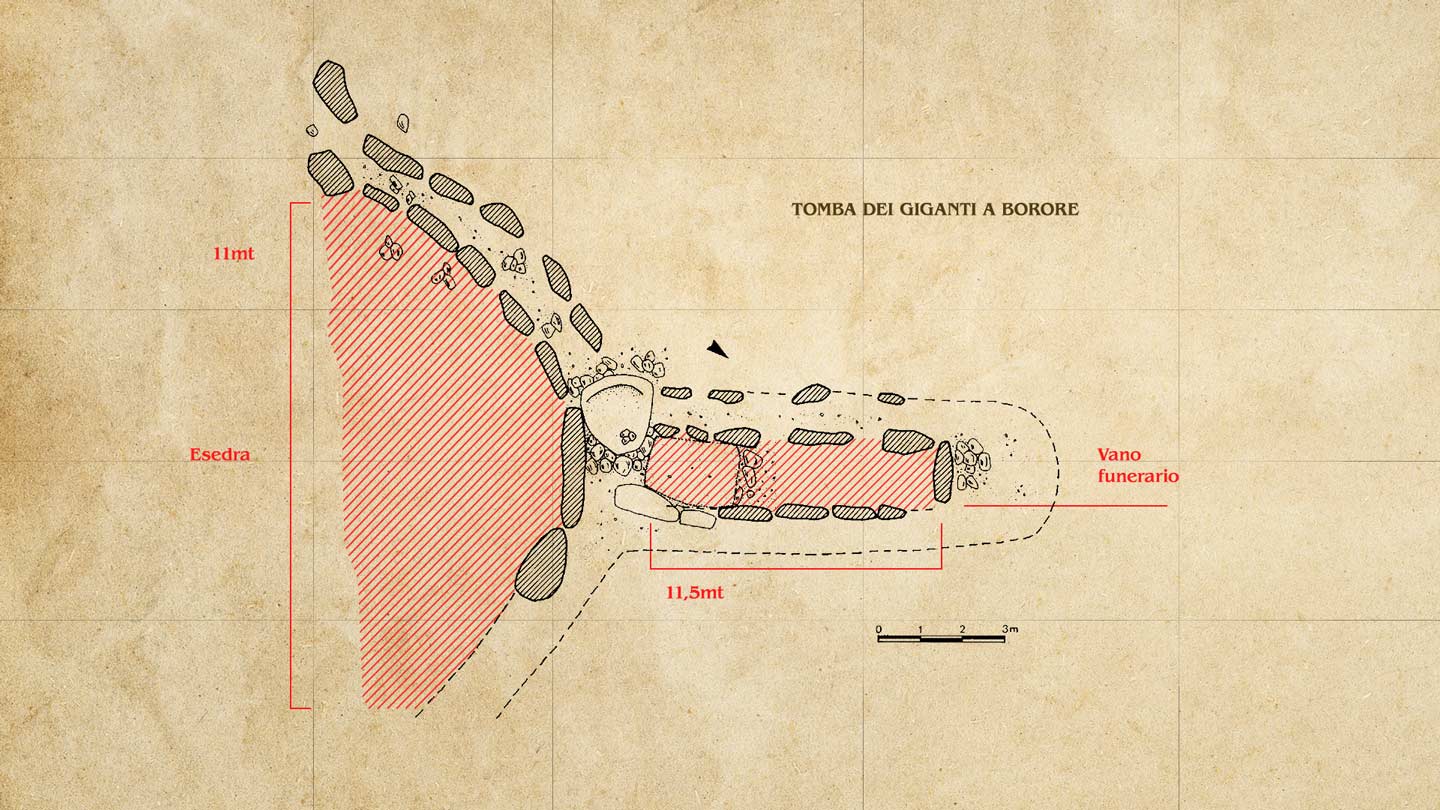
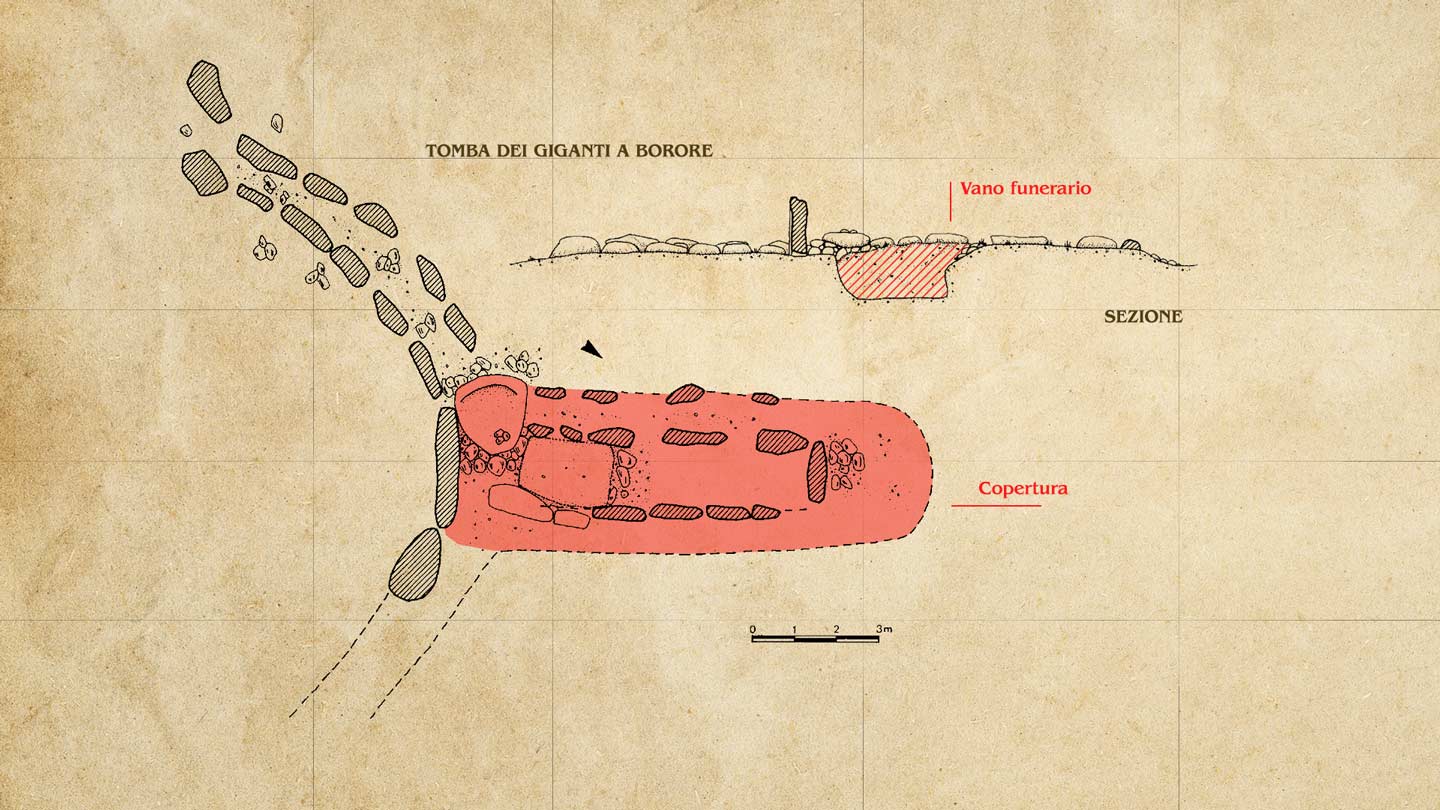
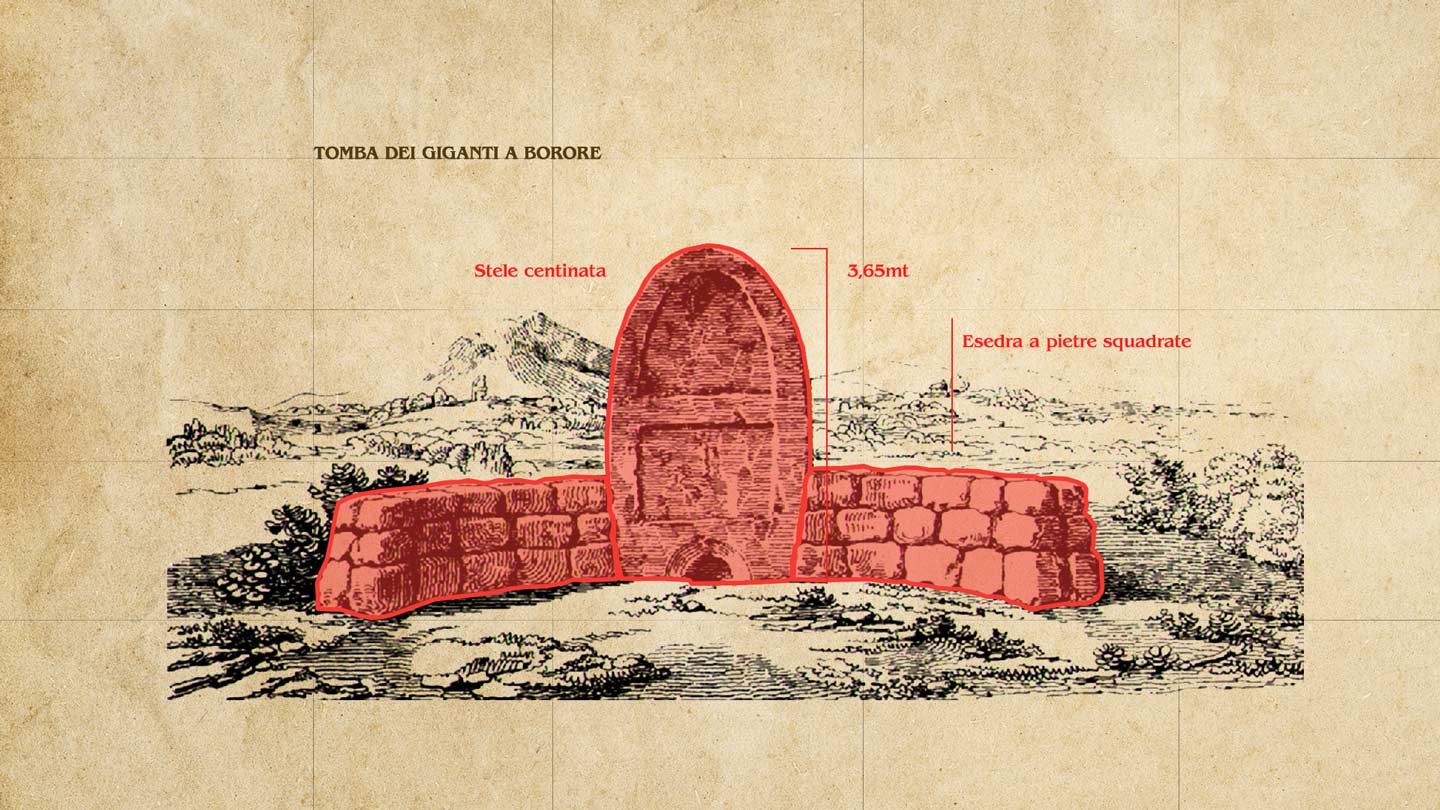
The cult of the dead and the incubation rite
Unlike the previous domus de janas (Neolithic underground tombs), the tombs of the giants shifted the cult from the private to the collective dimension. The exedra served as a meeting place for the community, witnessing a radical change in the way the Nuragic people conceived of death and their relationship with their ancestors.
Classical sources, such as Aristotle and Philoponus, report the custom of the Sardinians of sleeping near the tombs to cure nightmares and mental illnesses. This rite, known as incubation, was also widespread in other ancient civilizations and suggests a conception of death not only as an end, but as a passage to a higher level of existence.
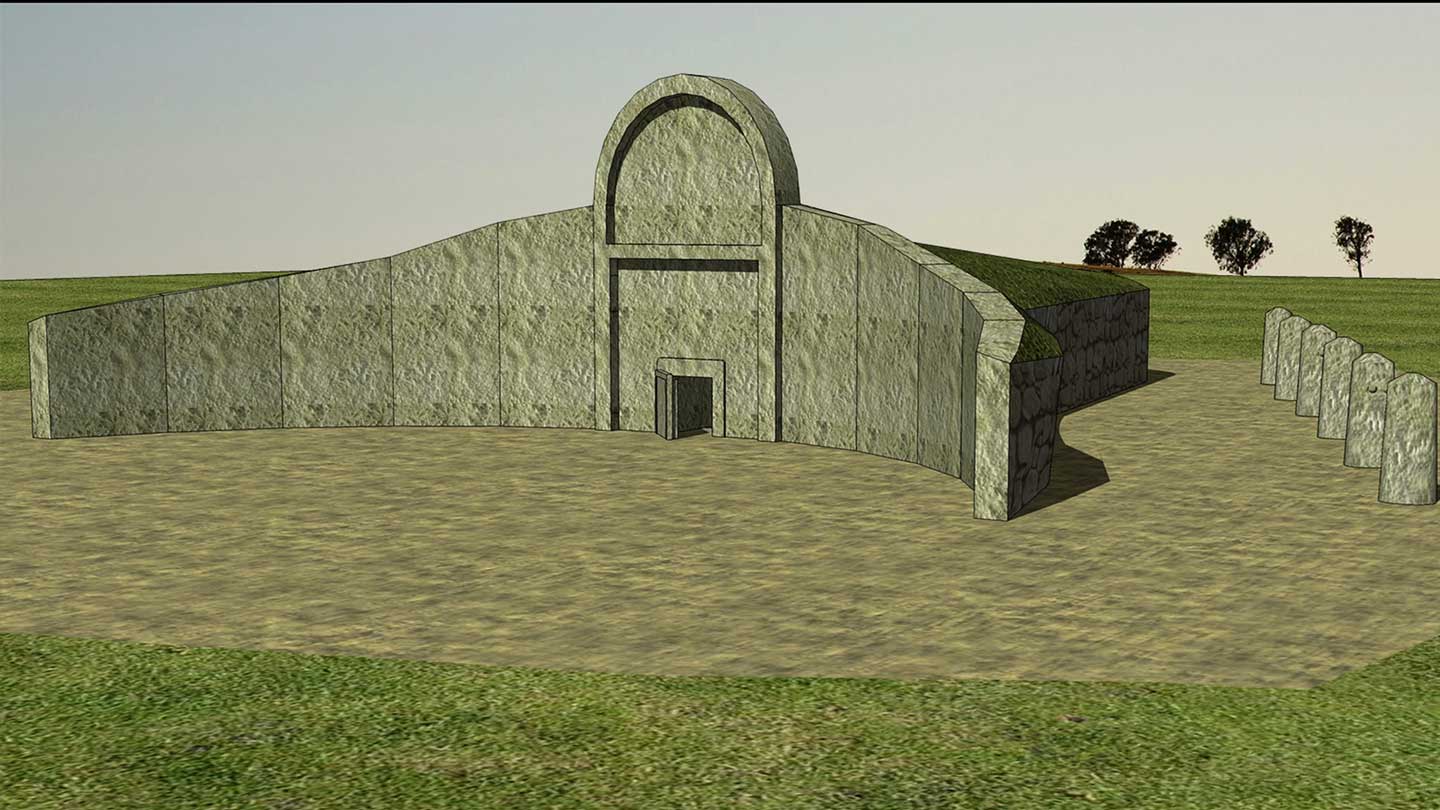
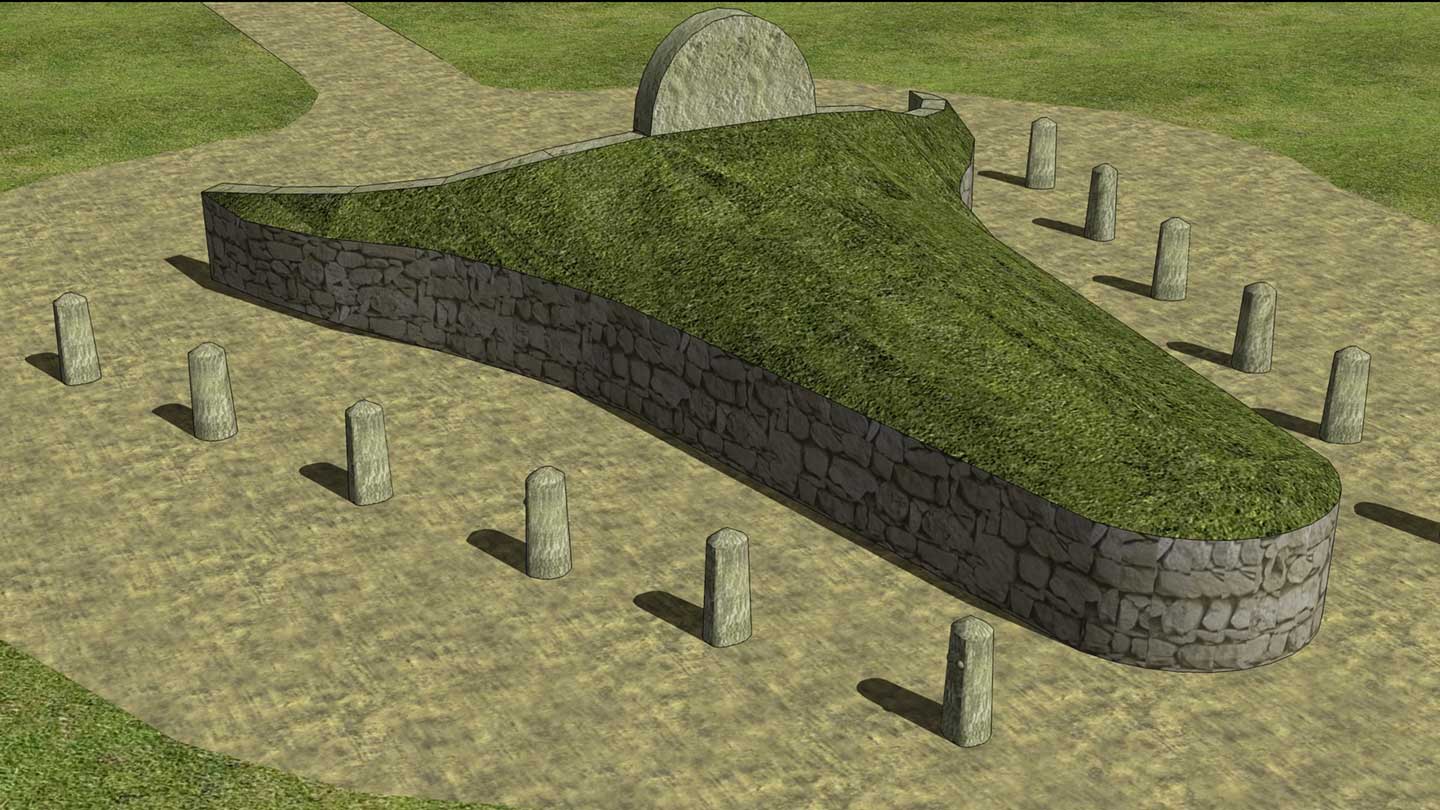
The False Door: a passage between two worlds?
One of the most enigmatic elements of the tombs of the giants is the so-called false door, a small opening in the center of the arched stele. This element, which did not act as a real entrance, has sparked debate among scholars about its meaning.
Some interpret the false door as a symbol of the passage between the world of the living and that of the dead, a concept widespread in many ancient cultures, including the Egyptian one. Psalm 24 of the Bible, for example, mentions eternal doors crossed by Yahweh, a reference that seems to echo the idea of a sacred passageway to another world.
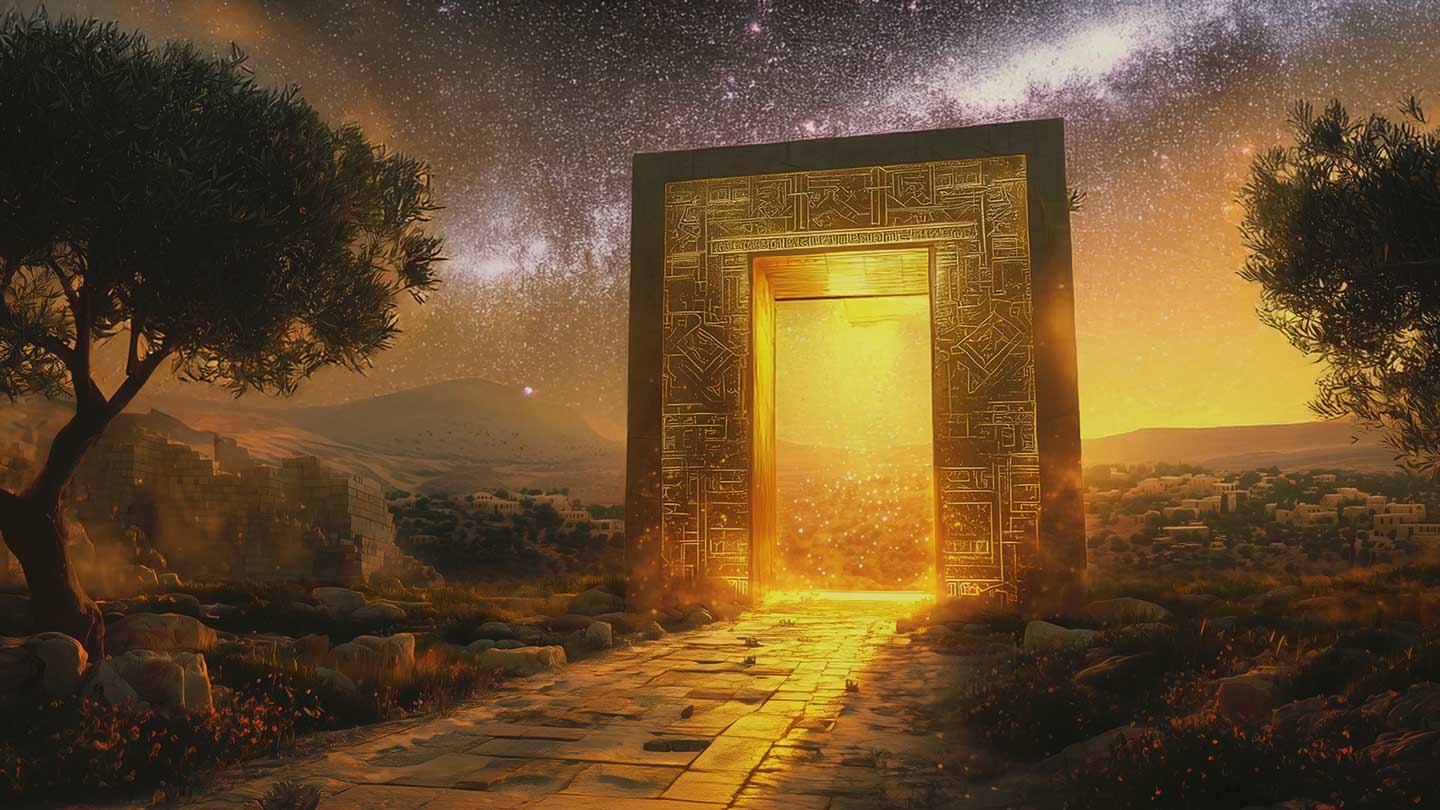
Giants and mythology: biblical and Greek connections
The term tombs of the giants derives from popular tradition, which attributed these enormous sepulchers to legendary creatures. The Bible itself speaks of giants, describing them as the heroes of antiquity, sons of the Elohim and daughters of men. A similar concept is found in Greek mythology, where semi-divine heroes such as Heracles and Iolaus play a central role in the colonization of Sardinia.
Greek sources, from Pausanias to Diodorus Siculus, link heroic figures such as Aristaeus, Norax and Iolaus to Sardinia, describing them as civilizers and founders of cities. Some scholars hypothesize that the Giants of Mont’e Prama, the majestic Nuragic statues from the Iron Age, represent these mythical heroes, used by the new elite to consolidate their power.
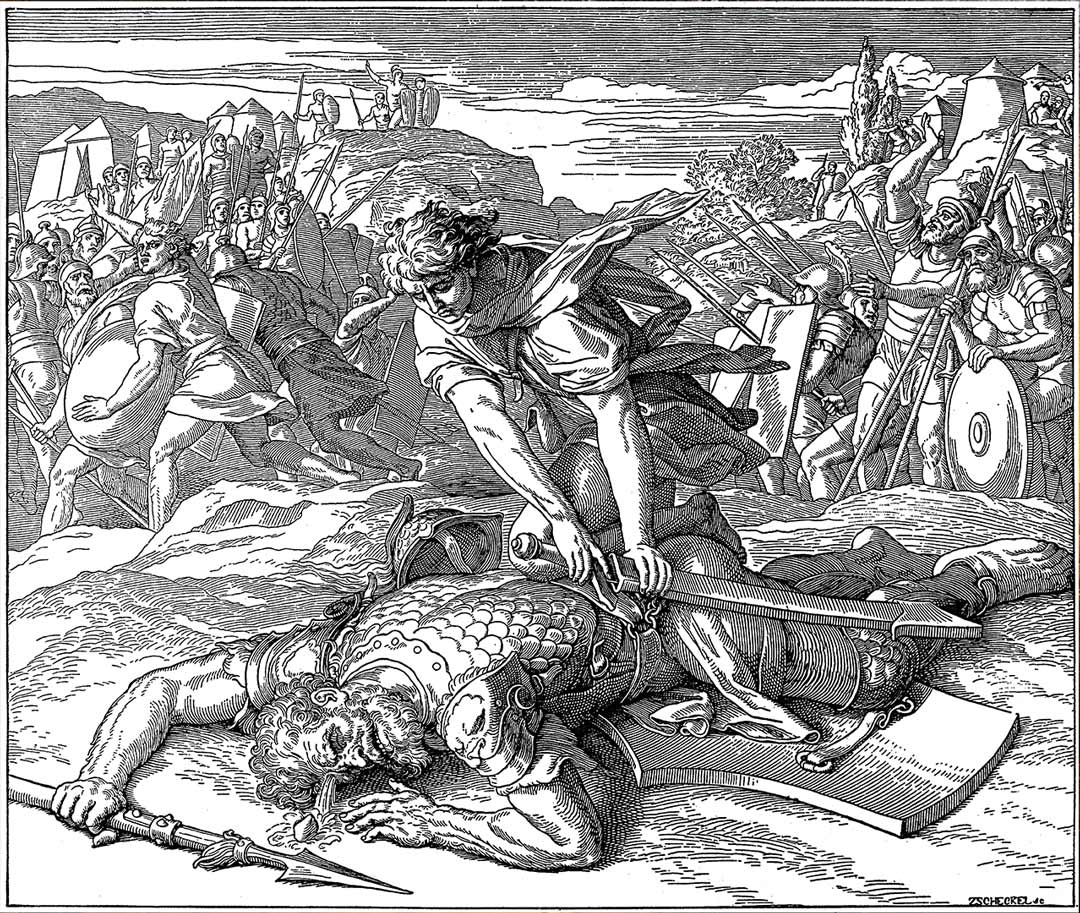
Beyond death: the spiritual journey of the Nuragic people
The tombs of the giants are not only funerary monuments, but testimonies of an ancestral cult that blends myth, religion and society. The presence of the false door, the incubation rite and the connections with bull symbolism suggest a complex and structured world view, in which death is not a point of arrival, but a passage to another dimension.
The similarities with biblical and Greek traditions raise intriguing questions: was the Nuragic civilization really isolated or was it part of a Mediterranean cultural and spiritual network? An enigma that, between myth and archaeology, continues to fascinate and push research towards new discoveries.
Conclusion
Our authors’ journey into the world of the Nuraghe ends leaving many questions and food for thought. Through these four episodes, the documentary offers an immersion into the Nuragic civilization, revealing cultural and religious connections that link it to the great civilizations of the ancient Mediterranean. From writing and architecture to religion and monumental burials, the image that emerges is of a sophisticated people, interconnected with the Near East and with an advanced knowledge of symbolism, astronomy and ritual practices.
Mauro Biglino and Gian Matteo Corrias have guided us on this journey, offering a vision of Nuragic Sardinia that is far from the idea of an isolated and primitive island. On the contrary, the Nuragic people appear to have been key players in the Mediterranean landscape, capable of influencing and absorbing different cultures. Epigraphic and archaeological discoveries suggest that Sardinia may have played a much more central role than previously thought, with contacts with Semitic civilizations and perhaps even a common religious matrix.
The documentary invites us to continue exploring, to question what we think we know and to open ourselves up to new possibilities. Sardinia’s past is still to be rewritten, and the research continues.


